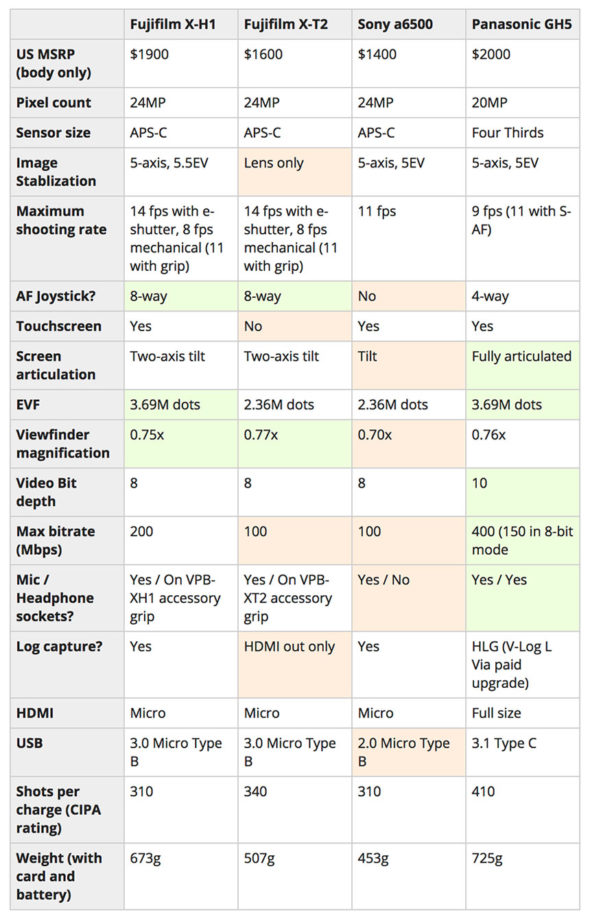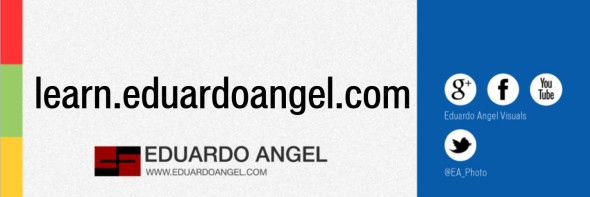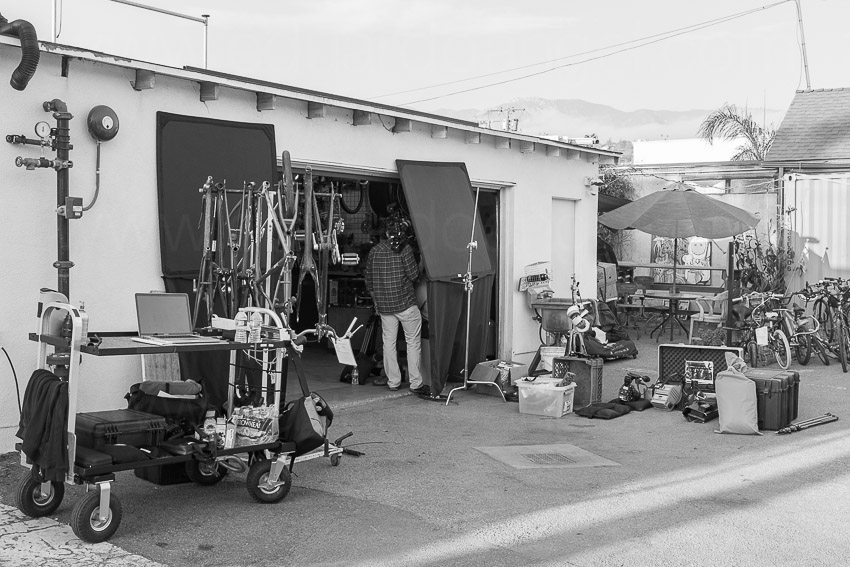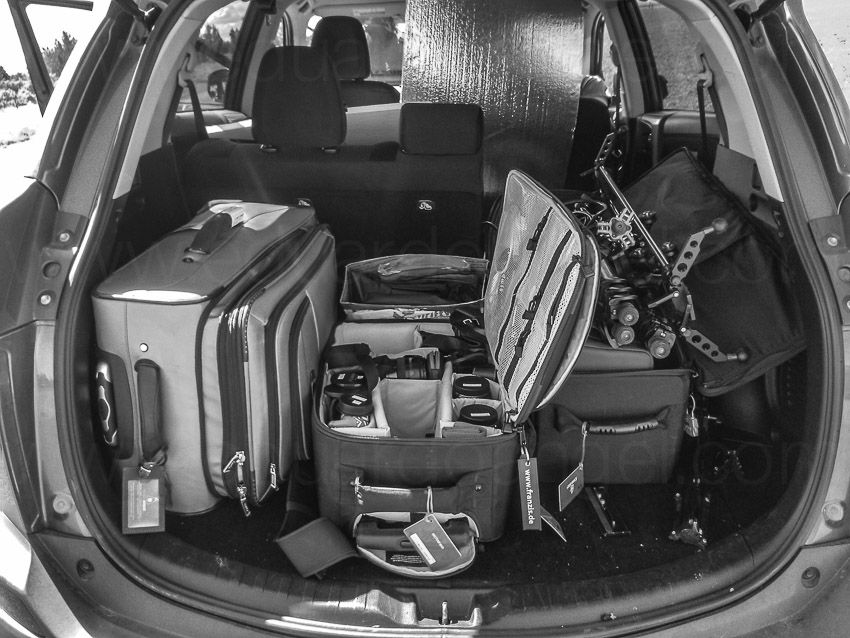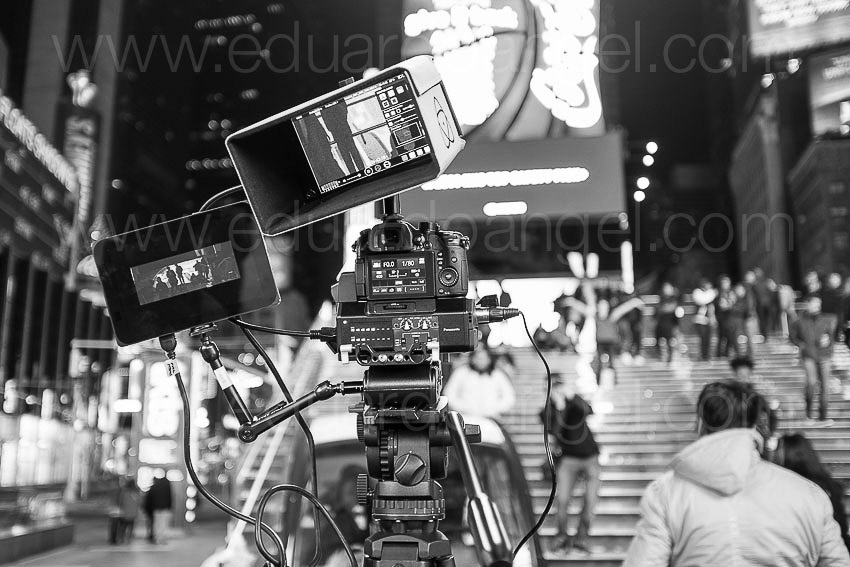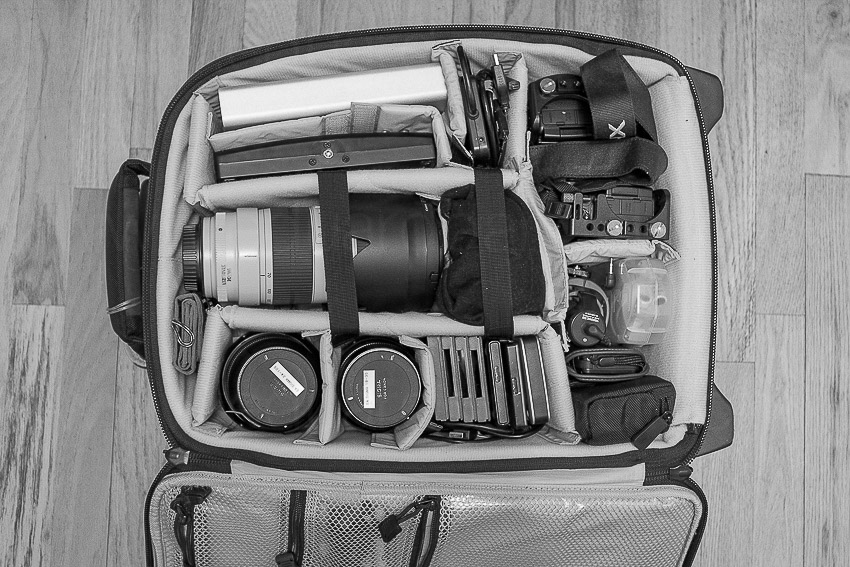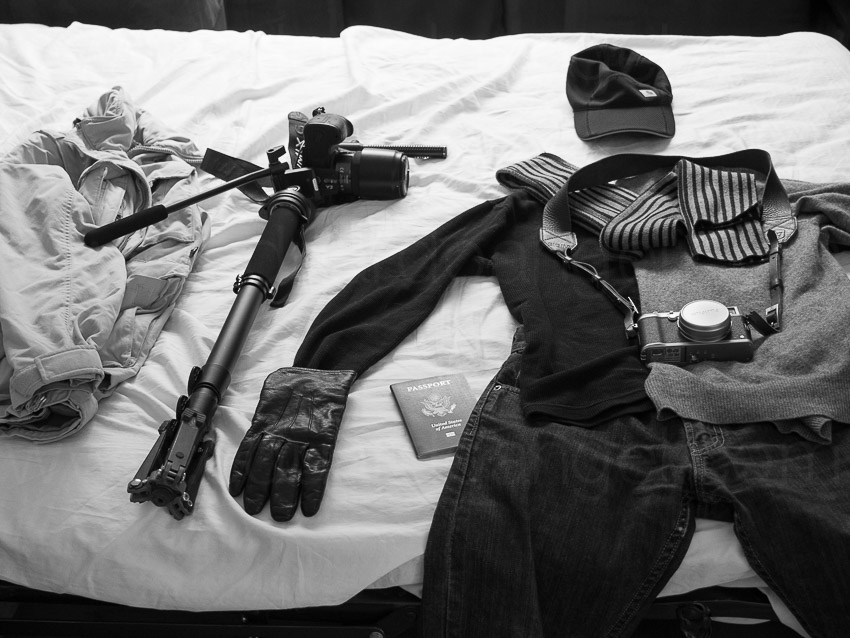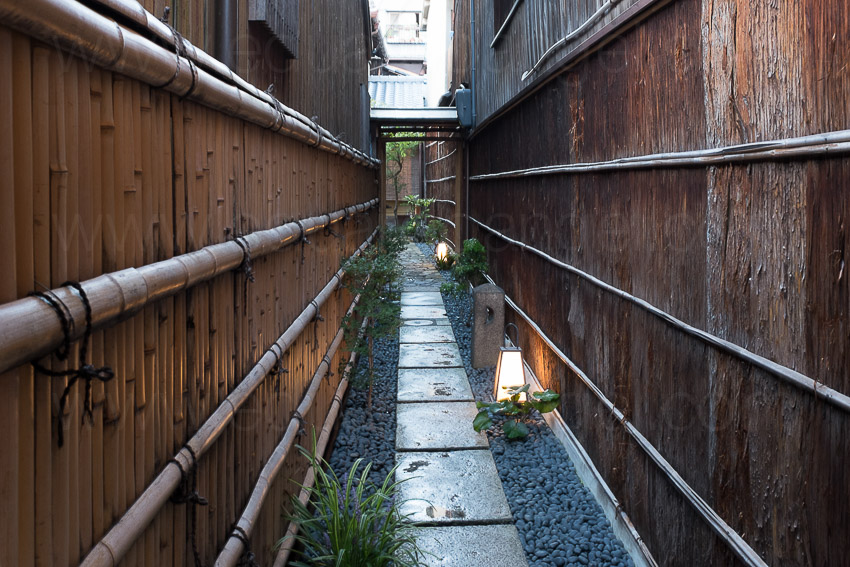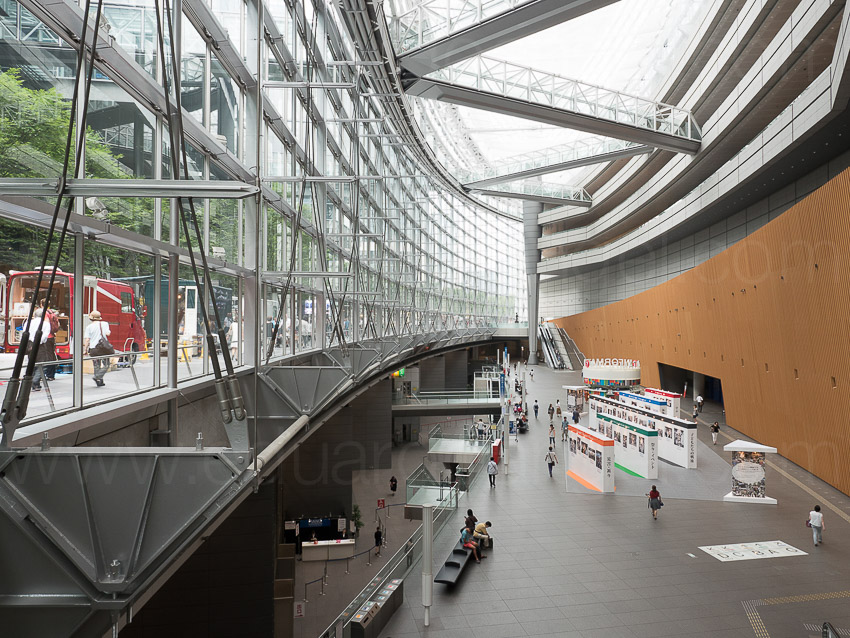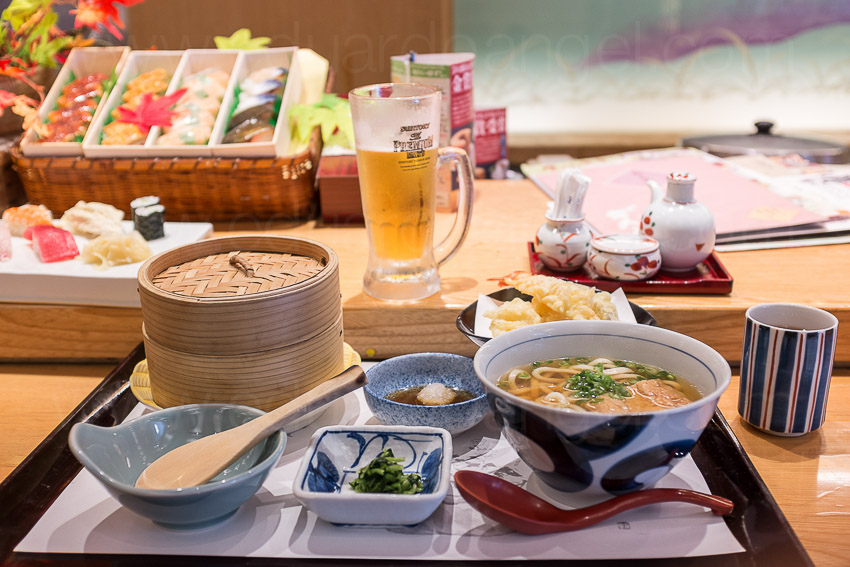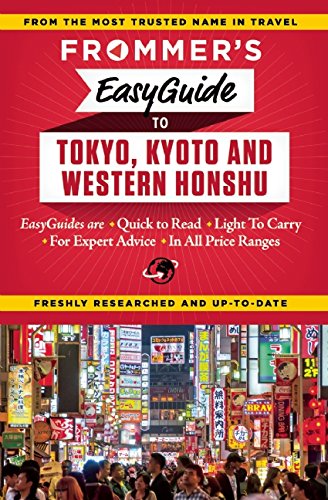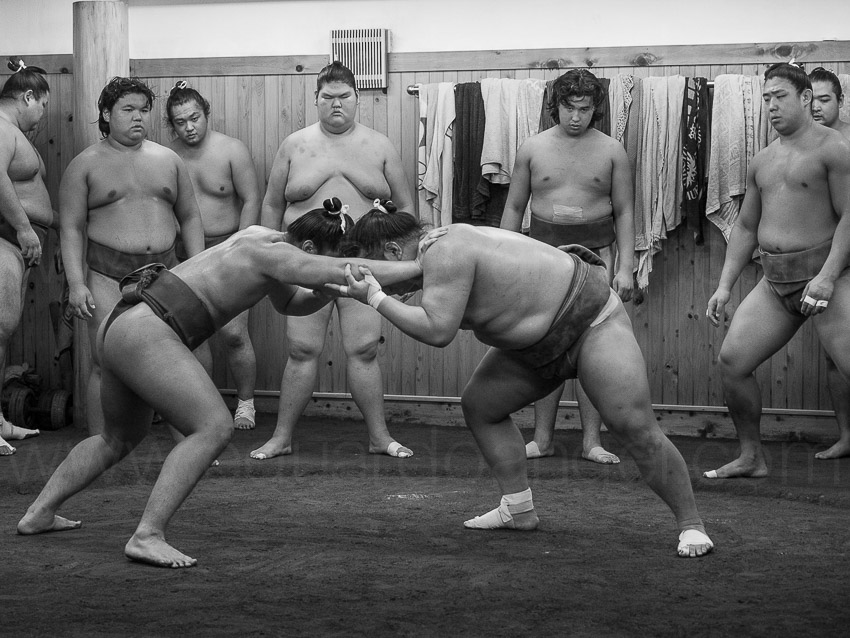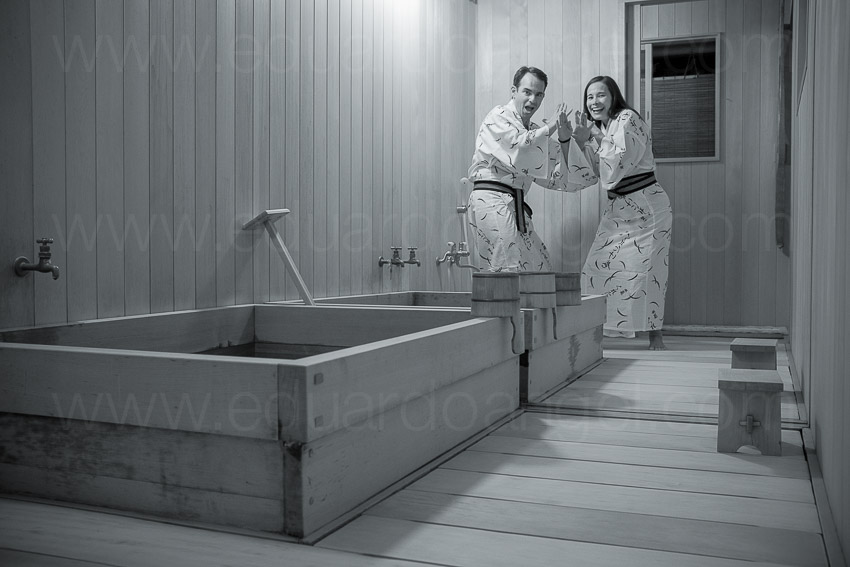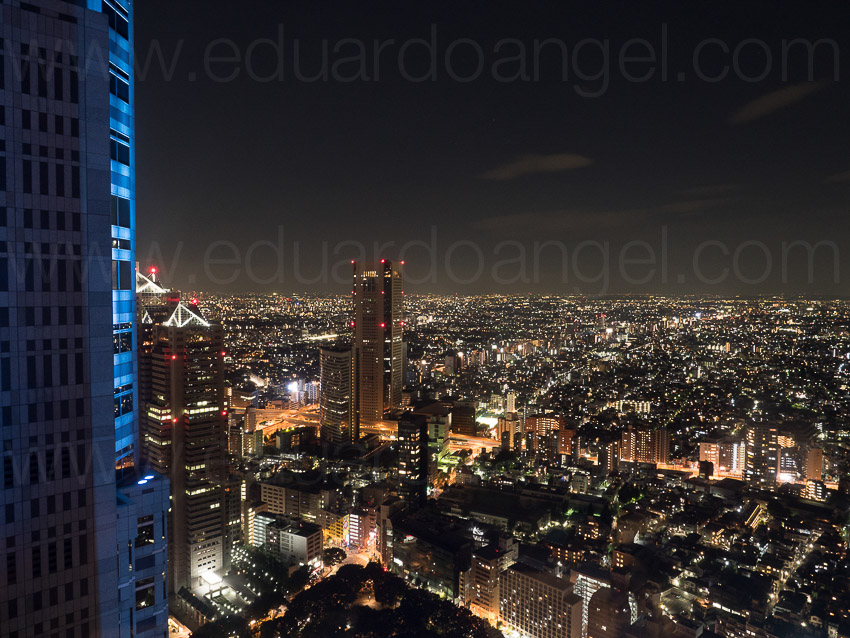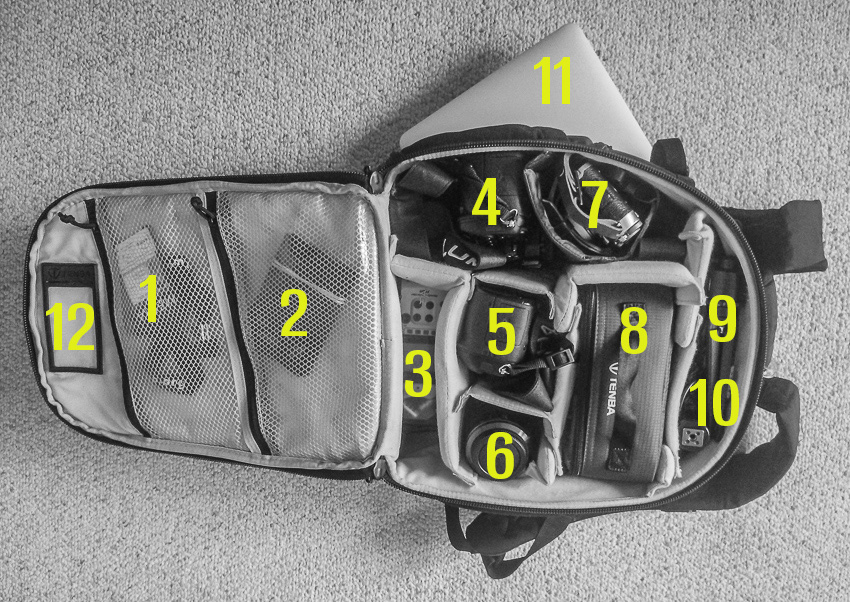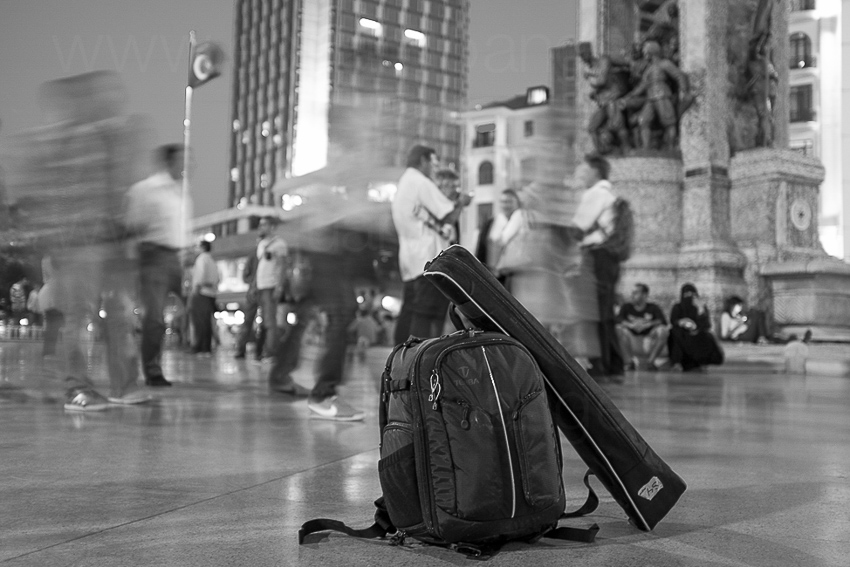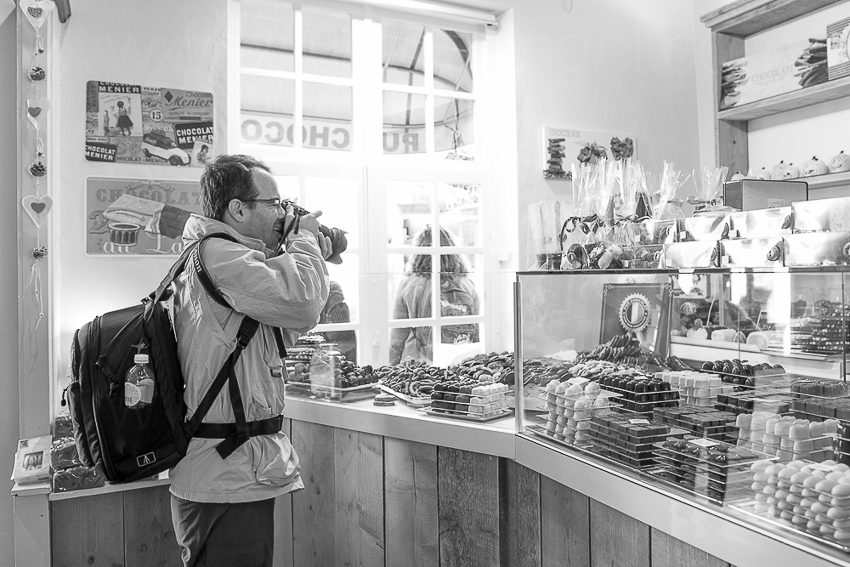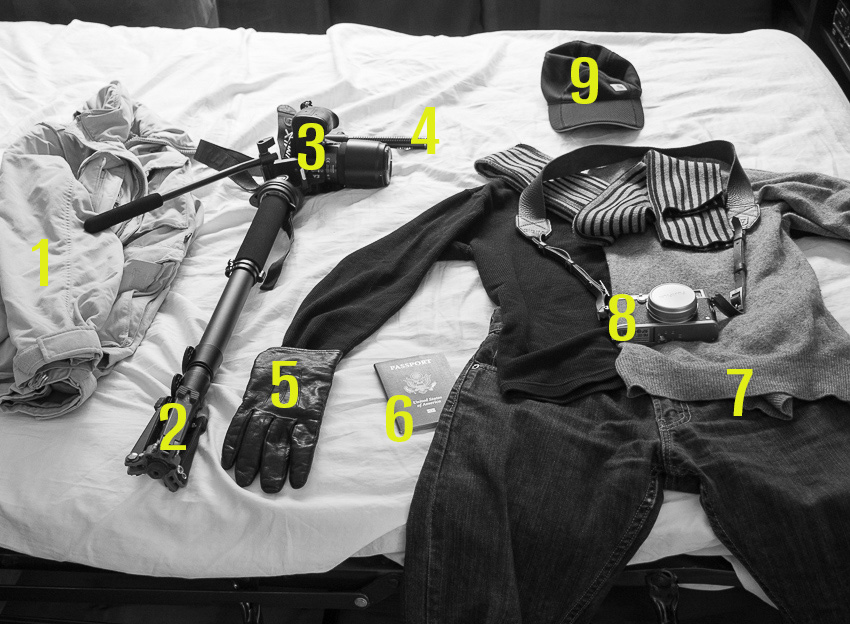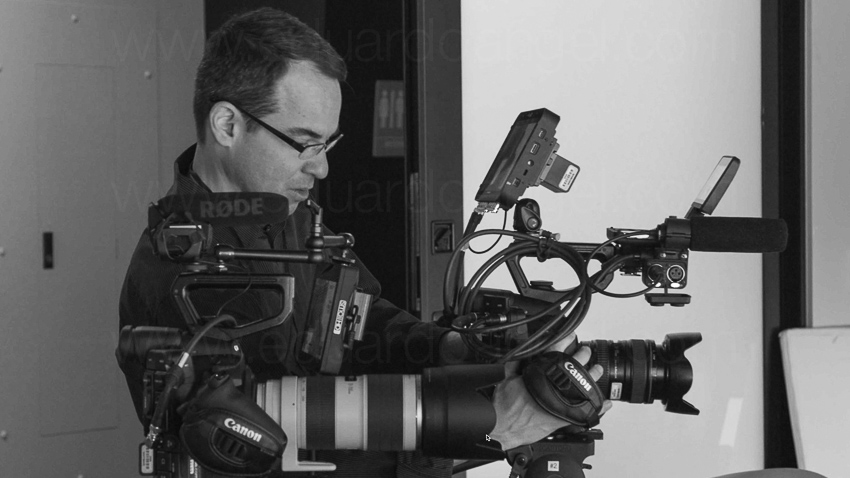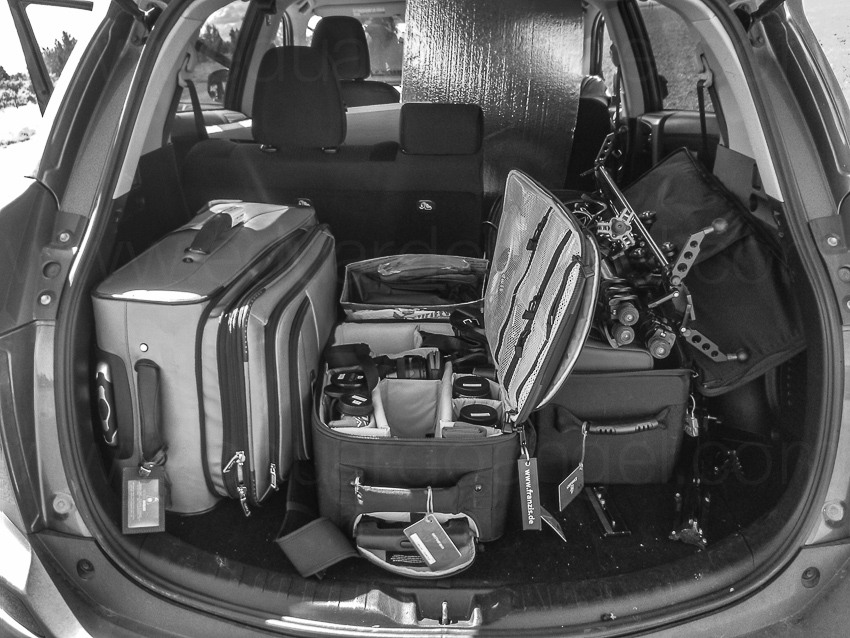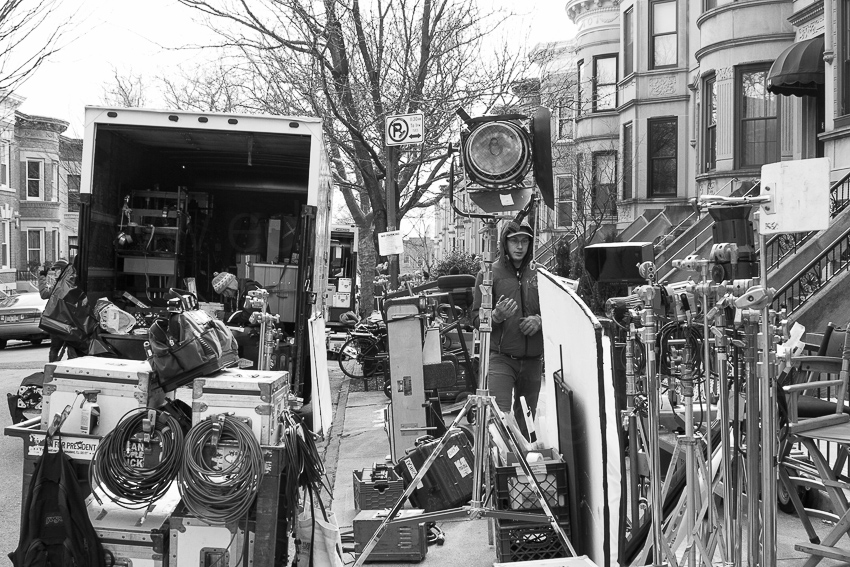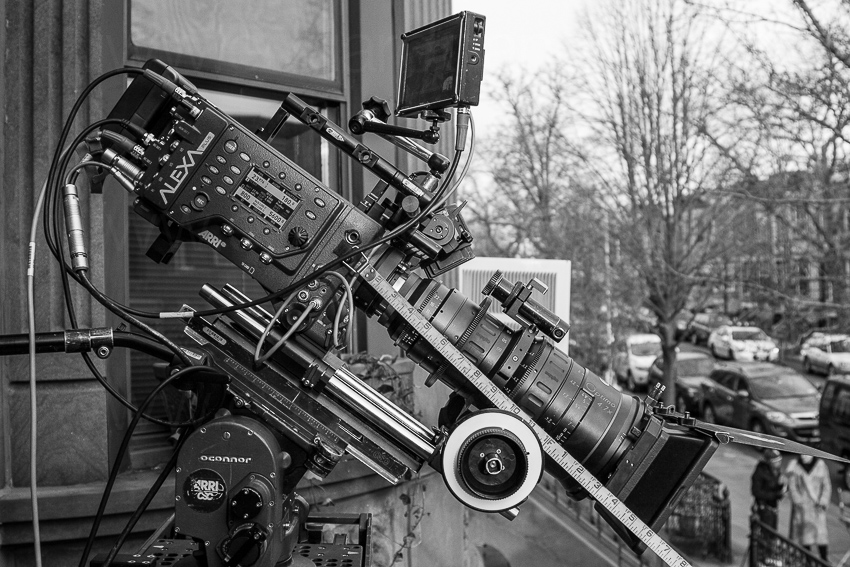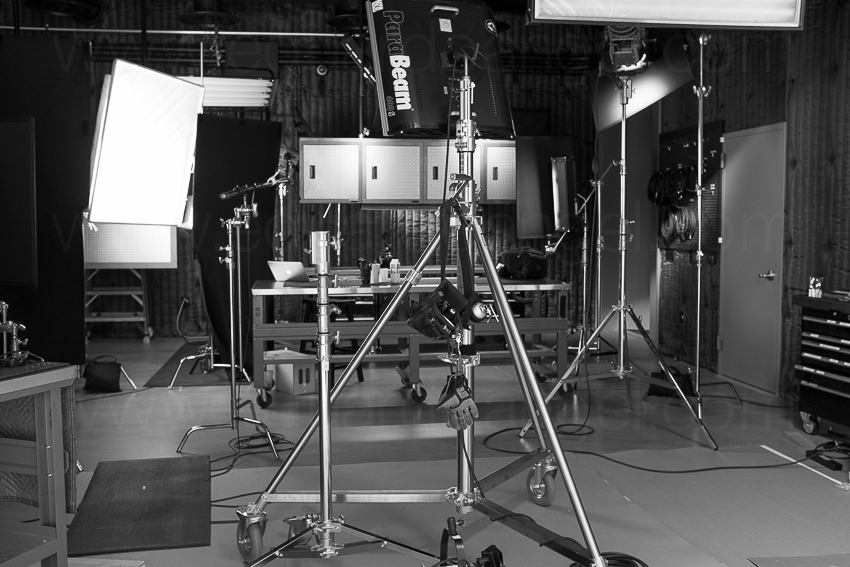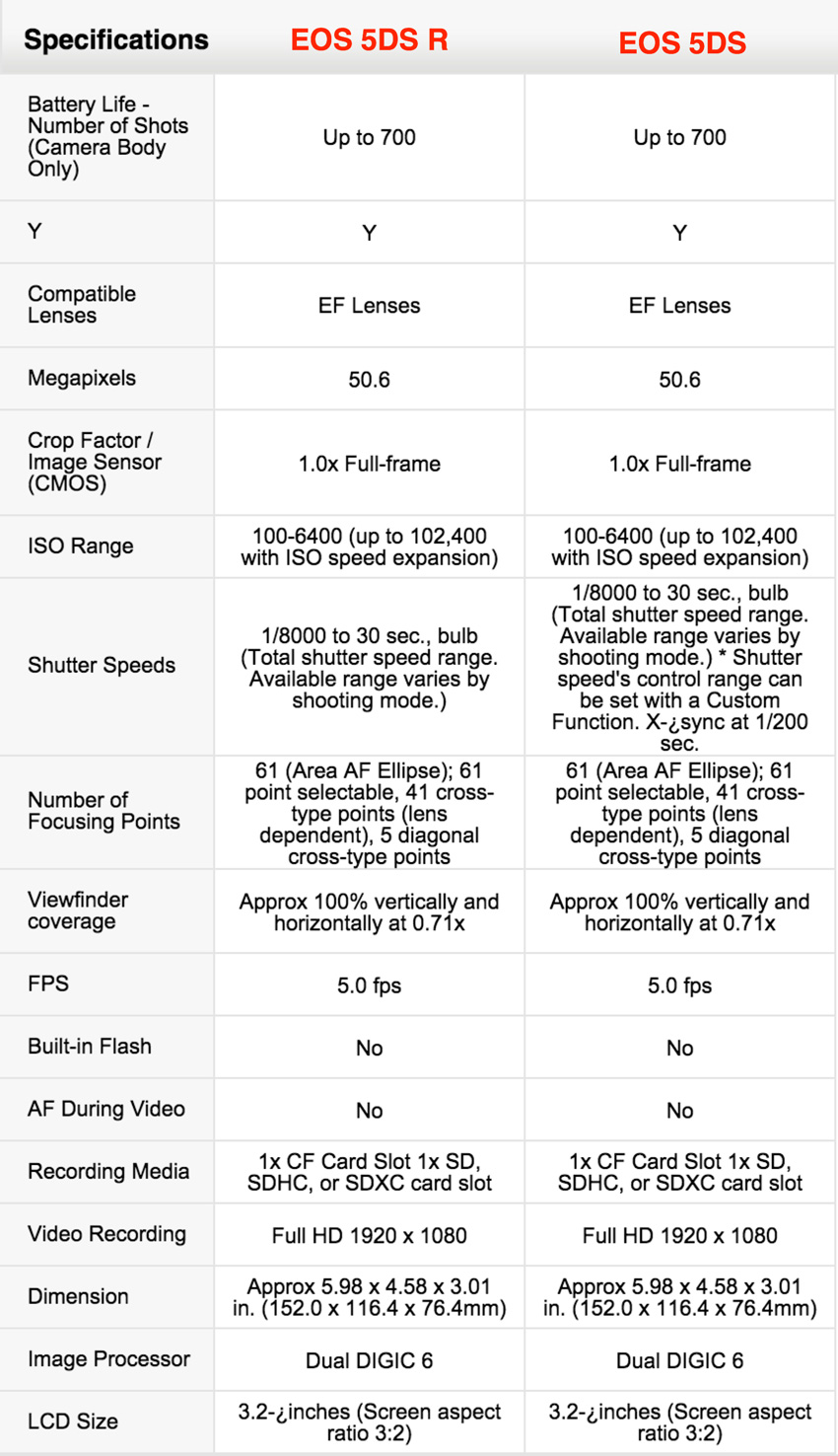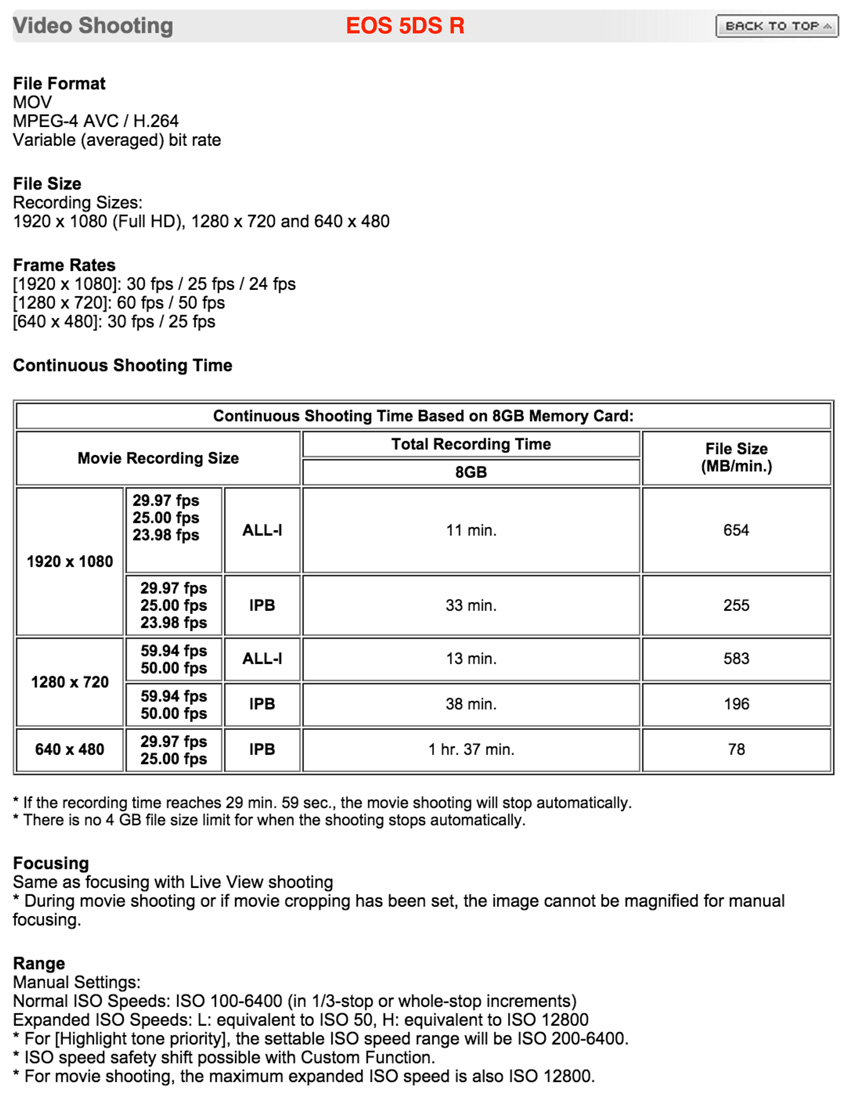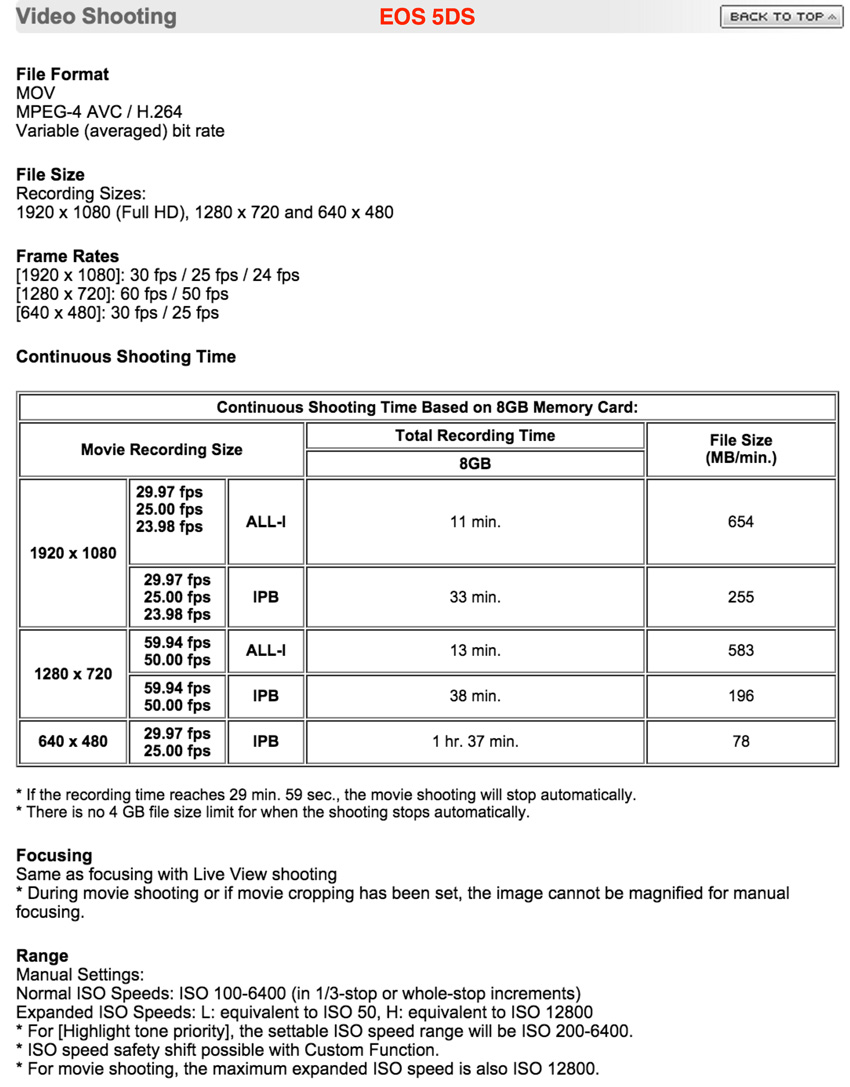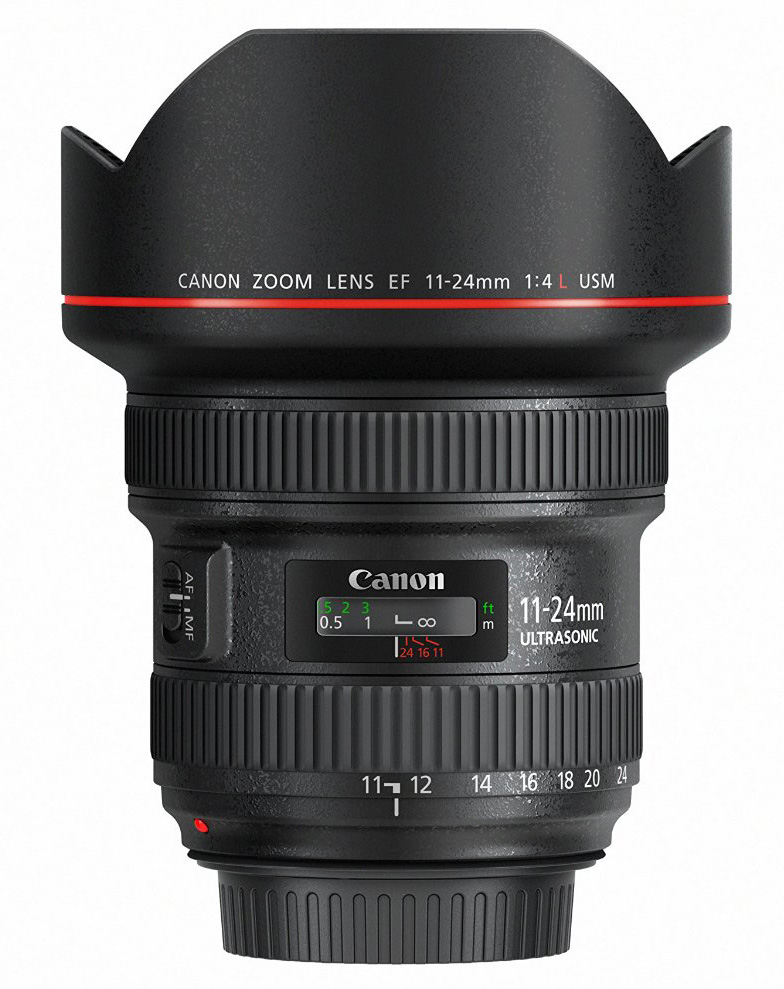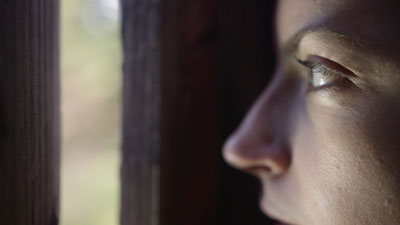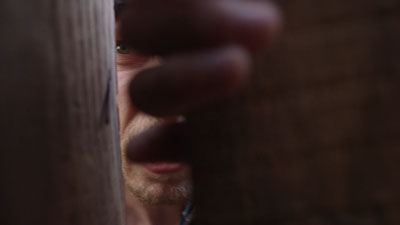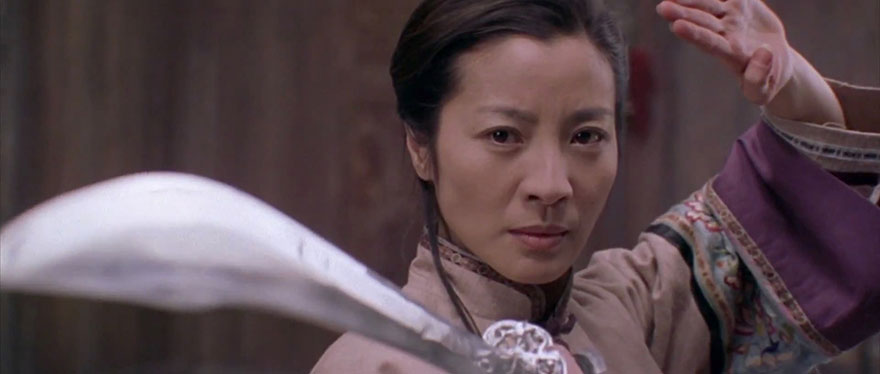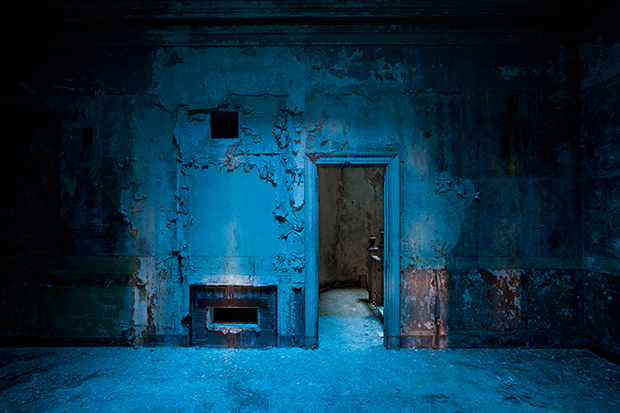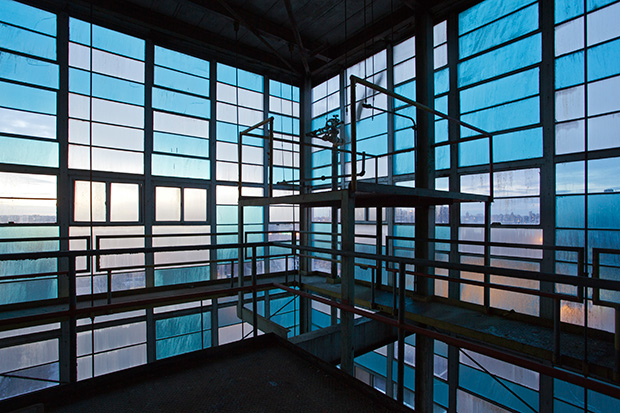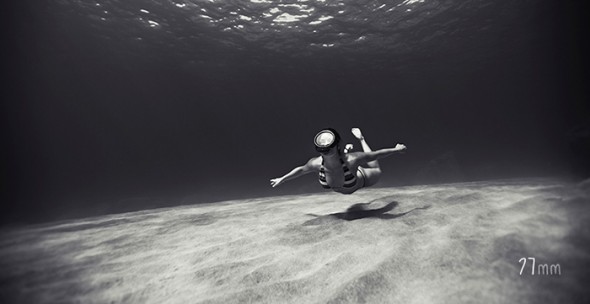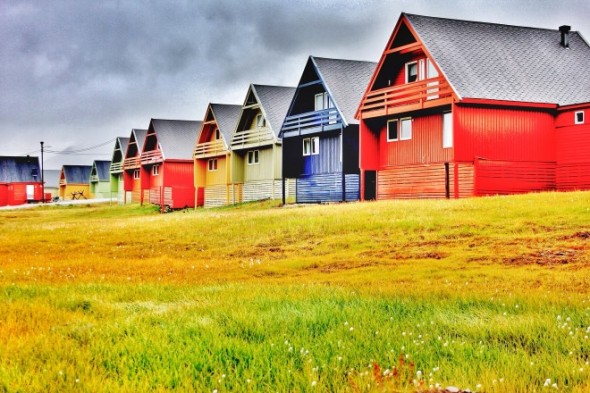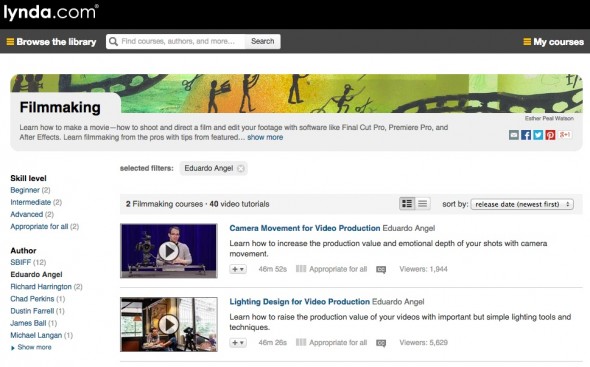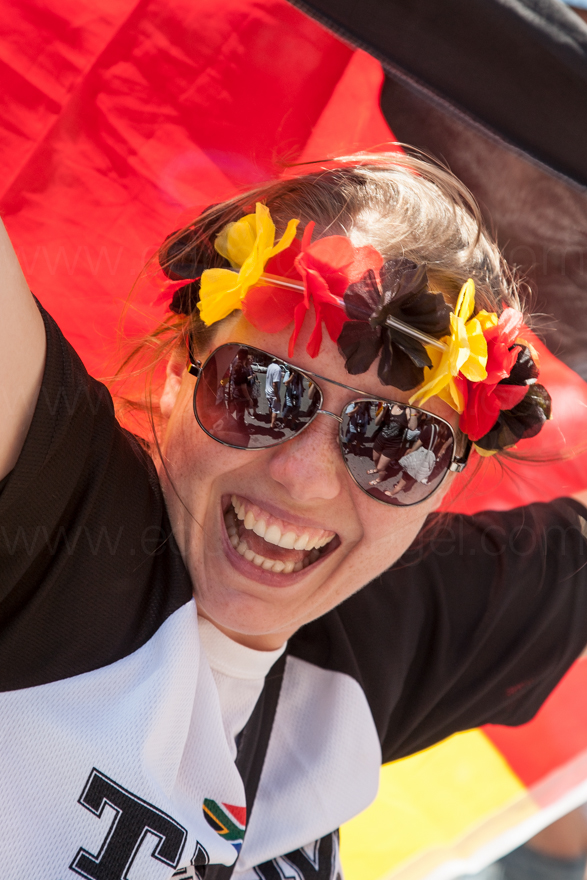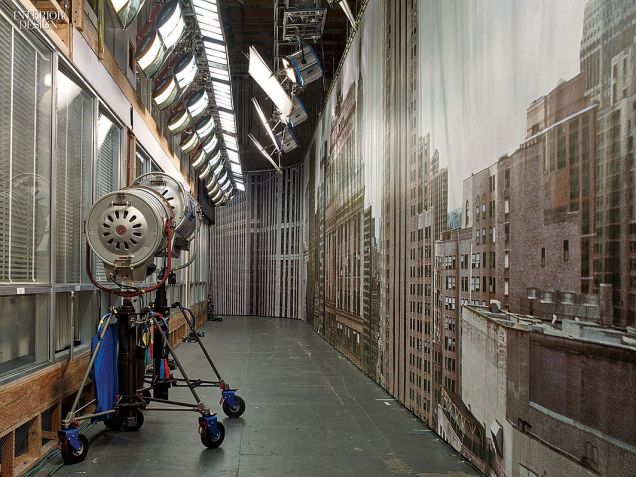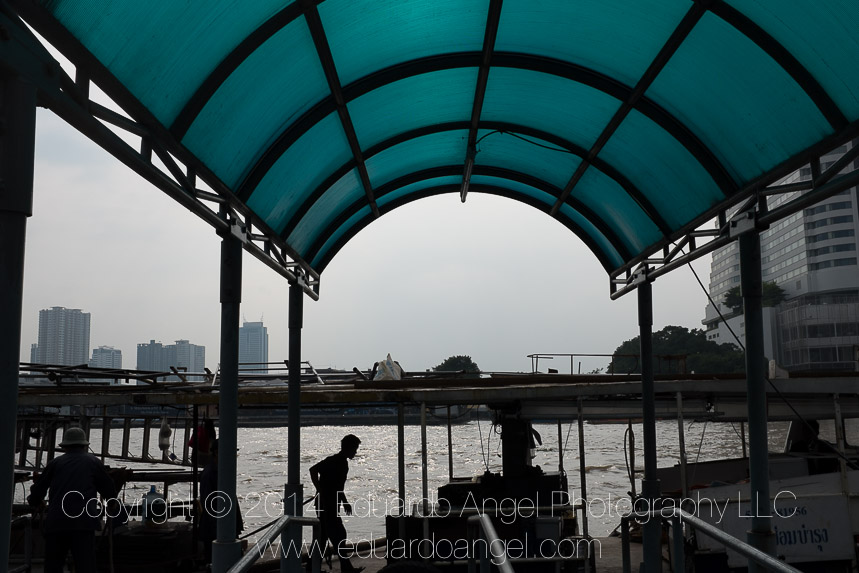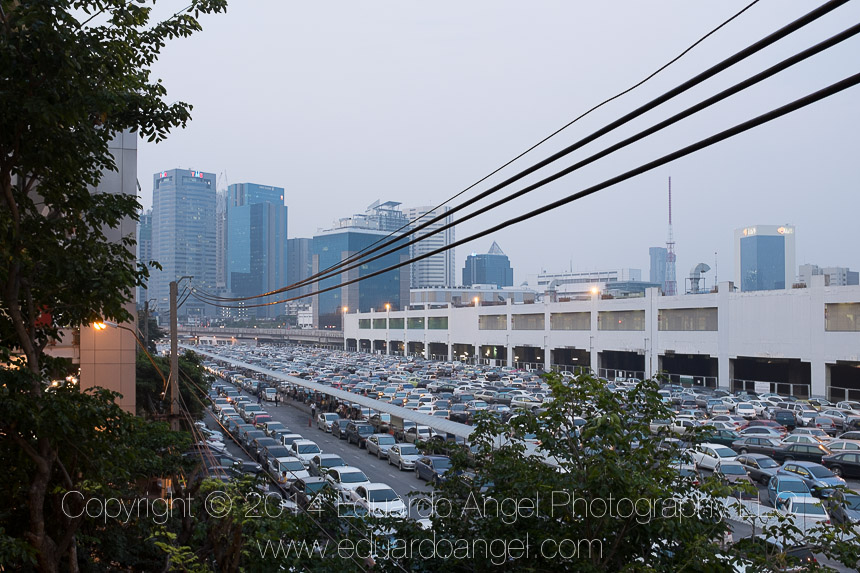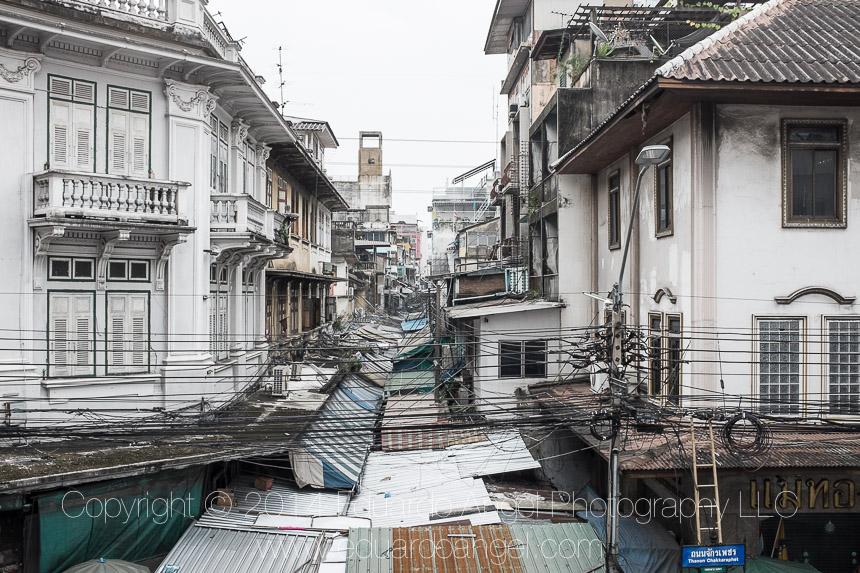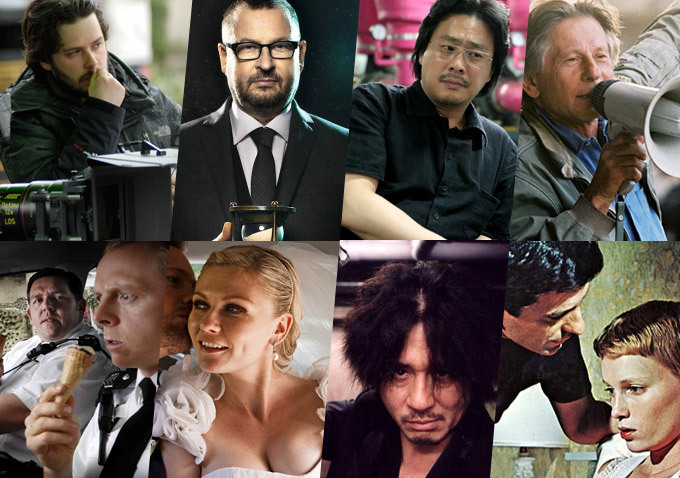Video
NAB 2019 Handouts
As I mentioned on a previous article, I’ll be presenting several workshops at the upcoming NAB Show in Las Vegas.
The handouts for the main three sessions are out of the oven, and we are making them available for free to anyone interested.

We also added two new onlines courses, and updated our two most popular courses:
- Filmmaking Essentials for Photographers (here’s the online course, and here’s the book)
- The 41 Essential Items for Hybrid Productions


There are several mini tutorials (under 90 seconds in length), and ALL are available for free.


Take a look, I’m sure there’s something that will fulfill your needs.
Video
Cool Podcast Interview.
Street photographer Valérie Jardin has a Podcast called “Hit The Streets.”
We had a really nice conversation about the skills necessary to go from still to motion, and why photographers should add filmmaking skills to their arsenal. The conversation is now available as the latest episode of “Hit The Streets.”
Video

Understanding Steven Soderbergh. Part 2.
On my previous post I wrote about Steven Soderbergh’s professional life. The goal was to give some context on why I consider him a leading force in the future of filmmaking, regardless the quality or financial success of his most recent movies.
I started paying close attention to how Steven Soderbergh works around 2014 when he released the Cinemax show The Knick.
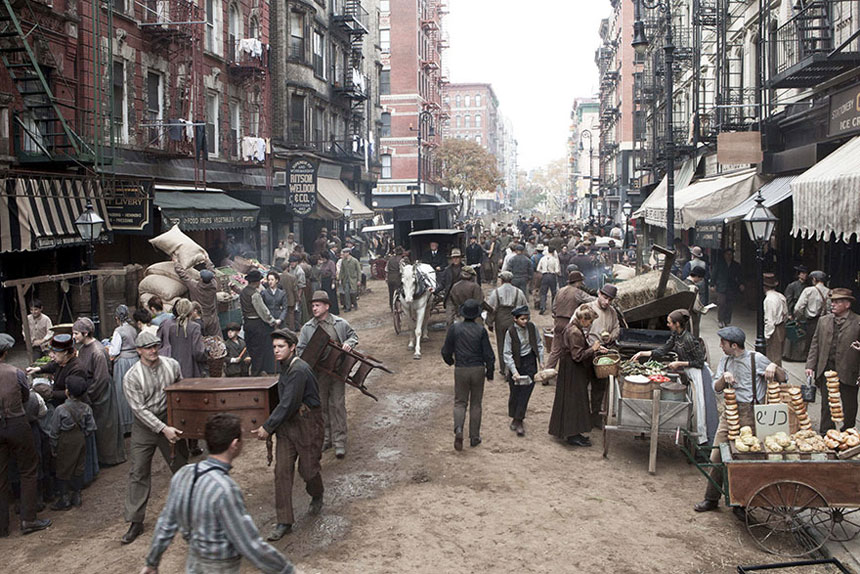
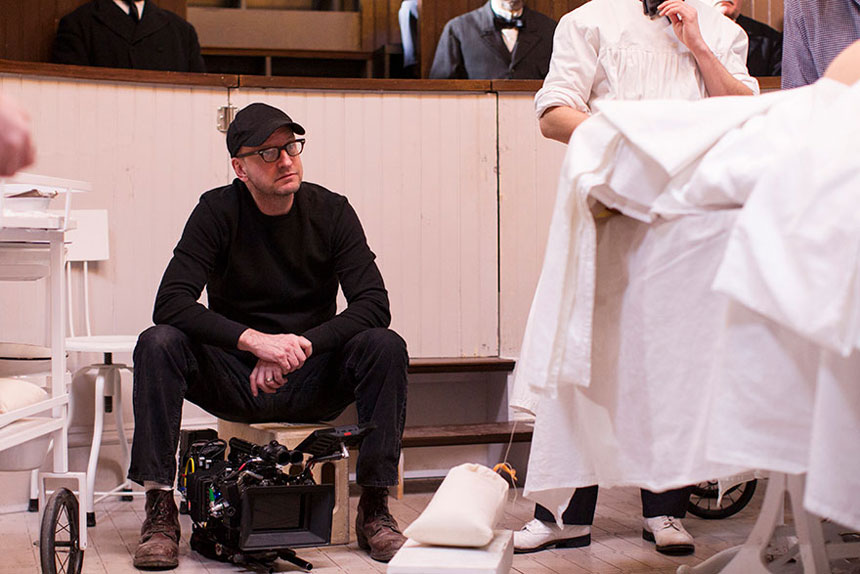
On this post (and the next one) I’ll share everything I know on Soderbergh’s production schedule, using the iPhone to shoot Unsane and High Flying Bird, his approach to scriptwriting, and why he prefers working with skeleton crews.
The huge advantages of small crews.
Let’s start with that last part. By now you know I prefer to shoot with the smallest possible crew and the least amount of gear. So much so that I recently started a new website called the 1 Person Crew. There I shared why Robert Rodriguez is also one of my heroes. But here’s Steven Soderbergh’s take on the advantages of working lean and mean:
“One of my favorite shooting days on High Flying Bird was when we did the opening scene at The Standard hotel. We took a break, and then we started walking downtown New York with a crew of four or five people, and André. I’m walking and I’ll go, “Okay, stop, we’ll put the camera here.” Shoot that, walk, walk, walk, okay, we’re stopping here. It was really fun. It took us two hours to walk and shoot our way down to the World Trade Center.”
Steven Soderbergh
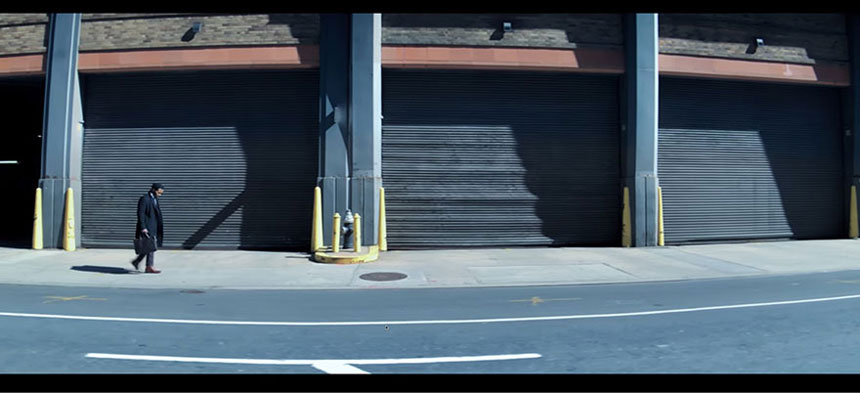
Steven Soderbergh’s iPhone
“‘I don’t want to wait on the tool, the tool should wait on me.”
Steven Soderbergh quoting Orson Welles.
High Flying Bird and Soderbergh’s previous movie Unsane were shot on an Apple iPhone. It’s all about size, and the ability to get the shot he wants in tight quarters. In Unsane when space got particularly tight, Soderbergh would just tape the iPhone to the wall to get the frame he wanted.
The visuals are harsh and uncompromising, but Soderbergh sees that as part of the appeal. Unsane is a great worst-nightmare movie, a tense piece of low-budget auteurship that plops the viewer into an absurd scenario and then ratchets up the tension for the next 90 minutes.”
The Atlantic
For “High Flying Bird” Soderbergh originally wanted to shoot anamorphic, and have a much cleaner, slicker look. But the challenge was gaining access to real-life locations that embodied an affluent world. For a small, nimble production, the advantages of the iPhone outweighed the image fidelity of an ARRI or RED cameras that cost a hundred times more.
“The iPhone seemed to me a pretty natural fit for that approach. It still is, in my mind, in terms of the scale of it, the speed that was necessary to execute it, in the time we had allotted.”
Steven Soderbergh
On High Flying Bird there’s a shot where three actors are walking down an office corridor. As all three break in different directions the camera follows one actor into an office, and then retreats.

A 350-pounds dolly? Screw that! Instead, Soderbergh sat in a wheelchair, holding the iPhone on this tiny Gimbal mimicking a mini crane movement.
“Using a more traditional approach with normal-size cameras would have been extremely difficult, if not impossible. To get the lens where I wanted, to be moving in certain way or have the camera reach multiple destinations without either somebody getting hurt, or the shot being compromised because of the size of the equipment. A normal size dolly, weighs 350 pounds. Moving quickly can be dangerous and somebody could get hurt. And we could have been there for hours.”
Steven Soderbergh
“I get very frustrated when it takes a long time to execute it. Like, as soon as I feel it, I want to shoot it. And so, that’s one of the biggest benefits of this method — the time from the idea to seeing an iteration of it is incredibly short, like, a minute, like, maybe less. For me, the energy that that creates on set, and I think on screen, is huge.”
Steven Soderbergh
Soderbergh’s lighting package (shooting with the iPhone or proper cinema cameras) has been stripped down to a 12-inch by 12-inch LED panel (like this) in recent years. The look can be more evocative of a filmmaking student than an Oscar-winning director with 30 features under his belt. But this is as much an aesthetic as a practical decision, especially since 2000 when Soderbergh took over the cinematographer’s role on his films.
From Script to Screen.
The Knick’s original script called for 10 episodes. Instead of working on complete episodes one at a time Soderbergh turned the script into a “10-hour movie” shooting the first season in 73 days. In other words, Soderbergh shoot eight to nine script pages a day, double the typical rate for a TV drama. This wasn’t a new approach for him. Back in 2003 each episode for K Street was plotted, scripted, shot, cut, and broadcast in five days. Same exact story for the 2017 Netflix series Godless.
“The original script for Godless was 175 pages. Instead of chopping one of its limbs off, we thought “why don’t we turn this into a series?” So we approached Netflix with the idea and they said “Go. You’re starting tomorrow. Netflix ability to move that quickly and that definitively is their biggest advantage.”
Steven Soderbergh
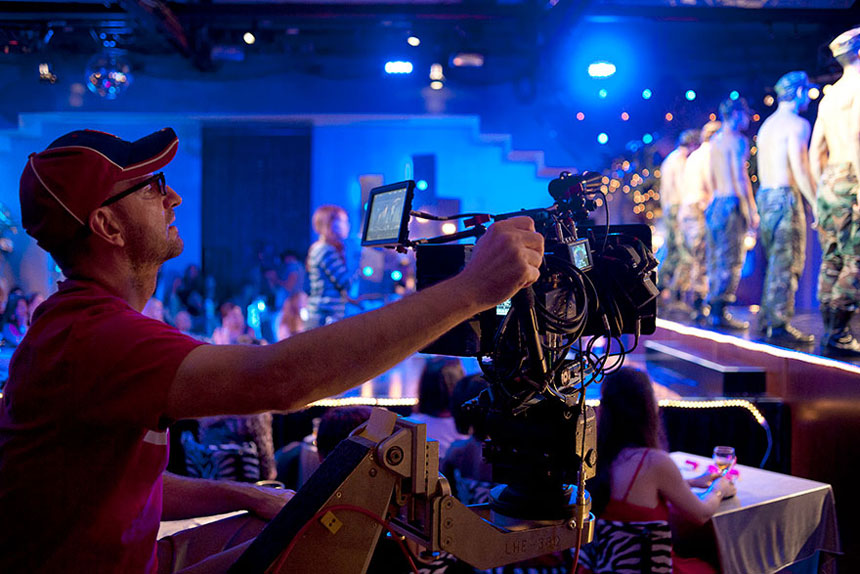
On my next post I’ll share the gear, schedule and workflow Soderbergh used the the Cinemax series The Knick, and why I believe his production approach will be the way how many TV shows and features will be produced from now on.
Video

Understanding Steven Soderbergh. Part 1.
Today I’d like to share a bit about Steven Soderbergh’s professional life, and why have I’ve been following him for years. On two upcoming posts I’ll share everything I know about his working methods, including his shooting schedule and preferred workflow and gear. Cool? Let’s go!
Thirty years ago Steven Soderbergh became the pioneer of independent cinema with his first movie Sex, Lies and Videotape. Today he leads the future of filmmaking and might be even shaping the future of the NBA.
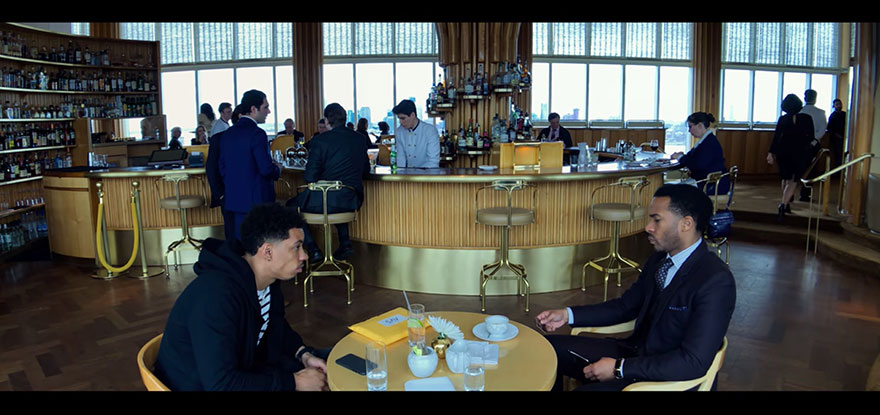
Last week, Steven Soderbergh’s latest film “High Flying Bird” launched globally on Netflix. I waited for weeks to watch it and… let’s say it wasn’t exactly what I was expecting.
To be fair, I don’t follow professional sports, and the film is about an NBA agent and a rising basketball star who try to change the business of professional basketball. With only 72 hours to pull off a daring plan, they try to outmaneuver the other players with a strategy that could change the game forever. The outcome raises questions of who owns , and who should own, the game.
Interestingly, the characters in “High Flying Bird” imagine what could happen if pro players took their careers into their own hands using the power of the internet. Well, that is EXACTLY what Steven Soderbergh has been doing with the Hollywood studio system for a very long time.
For example, back in 2005 (before anyone thought is was possible) Soderbergh released Bubble simultaneously in theaters and as a home release. In 2009 he tried the same approach with The Girlfriend Experience with adult film star Sasha Grey.
In 2017 with Logan Lucky, Soderbergh
“crafted a project that bypassed traditional Hollywood production and marketing formulas, targeted his advertising to find the right audience, edited trailers himself, and ignored the usual branding paradigms.”
The Atlantic
Who is Steven Soderbergh?
He is the guy who once directed Out of Sight, The Limey, Erin Brockovich, Traffic, and Ocean’s Eleven, all within a three-year period.
Many people forget (or don’t know) that in 2000, Soderbergh received two Oscar nominations for Best Picture, and won Best Director for Traffic.
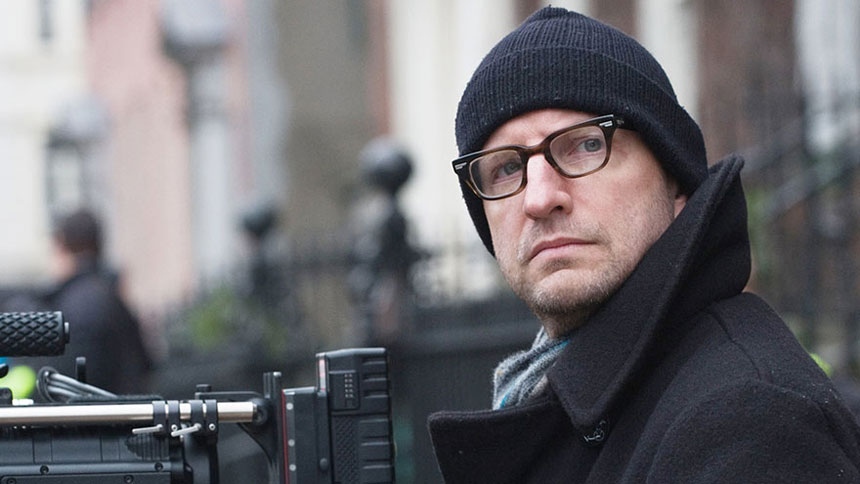
As of right this second, Soderbergh has 42 credits as director, 49 as producer, 28 as cinematographer and 23 as editor. He has 28 features and over 30 hours of TV series. His directorial work alone have grossed over US$2.2 billion worldwide.
“Soderbergh has worked in every genre and at all levels of the studio system. He directed glossy franchise entertainment (Ocean’s Eleven), Oscar-winning successes (Traffic and Erin Brockovich), hard-boiled noirs (Out of Sight and The Limey), and low-budget experiments (Full Frontal, Schizopolis, and The Girlfriend Experience).”
The Atlantic
In other words, Steven Soderbergh is not a human from planet earth.
Steven Soderbergh’s Oscars Acceptance Speech.
“There are a lot of people to thank. Rather than thank some of them publicly, I think I’ll thank all of them privately. What I want to say is — I want to thank anyone who spends part of their day creating. I don’t care if it’s a book, a film, a painting, a dance, a piece of theater, a piece of music… Anybody who spends part of their day sharing their experience with us. I think this world would be unlivable without art, and I thank you. That includes the Academy. That includes my fellow nominees here tonight. Thank you for inspiring me. Thank you for this.”
Steven Soderbergh
That’s a powerful message. So powerful that the Academy Awards recently held it as “the ideal of an Oscar speech” probably because it is short and to the point.
The real-life story behind the speech is fascinating:
“I had nothing prepared because I knew I wasn’t going to win. I figured Ridley Scott, Ang Lee, or Stephen Daldry would win. So I was hitting the bar pretty hard, having a great night, feeling super relaxed because I didn’t have to get up there.”
Steven Soderbergh
So the combination of lots of alcohol and lack of preparation worked well that night. Going back to Soderbergh’s professional life,
On Marketing Logan Lucky.
“Logan Lucky was released on August because historically, it has been a good time to release something of quality. There’s typically a dead zone before Labor Day. The big summer movies have played out, and there are three weeks with some breathing room. You just need a lot of marketing money, more than we had. I was aware it might not work. I learned a lot, and it was absolutely a worthwhile thing to do, to try and create an avenue for projects that don’t fall in any of these tiers or to want to have creative control over everything, with more financial transparency.”
Steven Soderbergh
On my next two post the plan is to share everything I know on Soderbergh’s production schedule, his approach to scriptwriting, and why he prefers working with skeleton crews.
Video
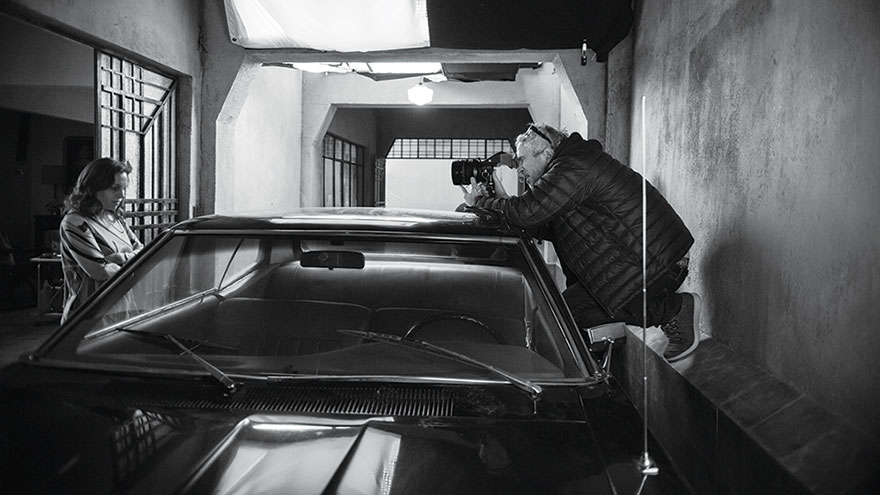
The Sound of Roma.
I started thinking about a “Roma” blog post a few minutes into the movie.
Why Black and White? What do those almost endless pans mean? How similar or different is the composition compared to “Gravity“? What’s the meaning of “water” for Cuaron?

But as I started reading more about the movie, which by the way was written, directed, produced, shot, and co-edited by Alfonso Cuarón, my attention quickly drifted to the film’s sound design.
First things first.
I am assuming you know about Roma. If you don’t, here’s the executive version. Roma is a semi-autobiographical take on Cuarón’s childhood in Mexico City in the early 70’s.
So far Roma has won the Golden Lion in Venice, received 10 nominations at the 91st Academy Awards—including Best Picture, Best Foreign Language Film, Best Director, Best Actress and Best Supporting Actress. It is tied with The Favourite as the most-nominated film, and with Crouching Tiger, Hidden Dragon (2000) for the most Oscar nominations ever received by a film not in the English language.
It also won Best Director and Best Foreign Language Film at the 76th Golden Globe Awards, Best Director and Best Picture at the 24th Critics’ Choice Awards, and at the 72nd British Academy Film Awards won Best Film, Best Film Not in the English Language, Best Direction and Best Cinematography.
UPDATE 20190225: Roma delivered Netflix its highest Oscars prestige yet, contending in 10 Academy Award categories, and wining three: Best Director, Foreign Language Film and Best Cinematography. Alfonso Cuaron gave Mexico its first foreign language film Oscar.

Sound Design.
Now, back to sound design. So it happens, the sound supervisor and re-recording mixer was the Academy Award-winning Skip Lievsay, who also worked on “Gravity“, “Children of Men“, “Y Tu Mama Tambien” and all 18 movies by the Cohen Brothers.
The most informative resource was this interview with Skip Lievsay on YouTube. Here are 3 of my favorite sections:
The full interview.
I highly recommend listening to the complete interview to learn:
- How not having a musical score keeps the audience guessing what will happen next
- Why it was important to Cuarón to have the dialog emanate not just from the screen channels but from all around the audience
- The stunning five-day loop group recording session with 350 actors
- How the final mix of the film took 10 weeks, 7 days a week, 12 hours a day.… wow…..
The technical stuff.
Filmmaker Magazine has another great article on Roma’s sound design. It’s a bit technical but enjoyable.
“In Atmos, we were able to use the x-axis and the y-axis as well as the z-axis. That’s the trick — using the z-axis in terms of extra reverbs or spatial ability.”
Filmmaker Magazine
A (much) deeper interpretation.
If you are interested in a more esoteric approach to Roma, pay close attention to these comments by another maestro, Guillermo del Toro.
Get 60 days FREE of the best music for filmmakers.
Get 30 days FREE of the best collaboration software.
Video
OK Fuji, now you have my attention.
I have used Fuji cameras in the past (and love them), but only for stills. Today Fuji announced a very interesting camera for video and hybrid shooters. The new X-H1 shares the same 24-megapixel APS-C X-Trans III sensor from the popular X-T2, but adds a number of important improvements like five-axis in-body image stabilization and log capture.
The X-H1 records both DCI (23.98 and 24p) and UHD 4K (up to 30p) with Rec.2020 at 200Mbps, but only at 8 bits.
A cool feature is that Fuji has included specific shutter speed options for video on the X-H1. For example, instead of 1/25 or 1/50 of a second, users can select 1/24 sec or 1/48 sec.
Slow-mo fans have to stick to 1080p, but can enjoy up to 120fps.
Key Specifications
• 24MP X-Trans APS-C sensor
• DCI and UHD 4K capture at up to 200 Mbps
• Slow motion 1080 (from 120 and 100 fps)
• 5-axis in-body image stabilization (rated at 5EV)*
• 3.69M-dot OLED viewfinder
• Touch sensitive rear LCD with two-axis tilt
• Twin UHS-II-compatible card slots
• Anti-flicker shooting mode
• Internal F-Log capture
• 24-bit audio capture
• Eterna/Cinema Film Simulation mode
• Timecode
• No-blackout continuous shooting
• Wi-Fi with Bluetooth for constant connection
Here are the complete specs on Fuji’s website.
First Impressions
I was told that the X-H1 is limited to 15 minutes of 4K shooting, but I haven’t test this yet. Even if this is accurate, I don’t believe it is a big issue for most people, unless you plan to shoot interviews or live events.
It is not clear if autofocus work in movie mode, and if it does, how fast and accurate it is. We’ll see.
I’m also curious to see if the new internal microphone is better than previous models. Apparently there’s no headphone jack on the body itself, so you will need the additional battery grip to monitor audio. Again, this isn’t a huge deal as the additional battery power is always welcomed when shooting video, but it’ll cost you an extra $300 USD.
Fuji also announced two new cinema lenses, the Fujinon MKX 18-55mm f/2.9 ($4,000 USD) and the Fujinon MKX 50-135mm f/2.9 ($4,300 USD).
The X-H1 (body only) costs $1,900 USD (less than the Panasonic GH4, Panasonic GH5s and Sony A7S II), and $2,200 USD as a kit with the battery grip.
I’d like to see real life examples of Fuji’s “Eterna/Cinema” Film simulation and F-Log footage. If you find a good one, please share the link.
All the items announced today should start shipping in two weeks.
If you are a stills shooter getting into video, considered watching some of our many free online tutorials.
Video
Filmmaking Essentials for Photographers. Mini Courses.
Why Filmmaking Essentials?
One of the main challenges photographers face when starting to shoot video is to focus too much on hardware and software, and forget about the most important part: the story. While this informative course includes some technical information, the main goal is to provide an overview of the many aspects of filmmaking, and identify potential business opportunities with motion. Click HERE.
The “Filmmaking Essentials for Photographers” course is based on a popular event we have been presenting for several years, but it has been greatly enhanced with additional visuals and examples. Some of the clients and sponsors for the live event include Adobe, Adorama Pro, B&H Photo, Cinevate, Future Media Concepts, Gulf Photo Plus (Dubai), HOW Design Conference, International Center of Photography, Lynda.com, McCann Erickson, NAB Show, Panasonic, Photo District News, PhotoPlus Expo, Photokina (Germany), Savannah College of Art and Design, School of Visual Arts, Sony, and X-Rite, among others.
Video
Filmmaking Essentials for Photographers. Online Intro Course.
In 2011 I was invited along with National Geographic photographer David McLain to present a series of two-day workshops nationwide. The events were produced by Photo Quest Adventures and sponsored by PDN, Sony, Adobe, and other leading brands. The main goal was to help photographers transition into video by simplifying key concepts and providing shortcuts, resources, and advice on what gear to buy.
I have been honored to teach “Filmmaking Essentials” at all major industry events, from PhotoPlus to Imaging USA to NAB, from South America all the way to Dubai, Hong Kong, and Thailand, and at home in New York.
Few people know that I never use the same presentation twice. Each and every time I add things I’ve learned, plug in valuable feedback from attendees, students, and this website’s readers, and I strive to improve the educational experience with better examples and shorter explanations.
When looking at the advancements in digital technology since those first workshops it seems like decades have gone by. Today, we have access to a variety of brands and models of very compact cameras that can see in the dark, shoot 4K or higher resolutions, offer incredible frame rates, and even offer GPS and WiFi features so they can be easily controlled by smartphones and tablets. The future is definitively here.
But something quite odd has been happening to my personal and professional focus. The more gadgets we have at our disposal, the more I’ve shifted towards the craft of storytelling. Instead of getting more stuff, I’ve been increasingly interested in constructing and enhancing my stories to better engage the viewer. Naturally, this approach has been reflected in the educational content I produce.
Now, and for the first time, I’m proud to offer an awesome version of my one-hour presentation online. Click HERE.
The “Filmmaking Essentials for Photographers” course is based on a popular event we have been presenting for several years, but it has been greatly enhanced with additional visuals and examples. Some of the clients and sponsors for the live event include Adobe, Adorama Pro, B&H Photo, Cinevate, Future Media Concepts, Gulf Photo Plus (Dubai), HOW Design Conference, International Center of Photography, Lynda.com, McCann Erickson, NAB Show, Panasonic, Photo District News, PhotoPlus Expo, Photokina (Germany), Savannah College of Art and Design, School of Visual Arts, Sony, and X-Rite, among others.
Who is this course for?
Well, as the name implies, this version of “Filmmaking Essentials” covers concepts already mastered by advanced filmmakers or by experienced photographers who are very technically savvy. But I’m confident everyone else could learn a thing or two.
As often as possible we’ll be adding new courses, covering topics like pre-production and post, tips for one-man crews (like journalists) working stills and video assignments, advice on getting started with Color Grading, and many other fascinating subjects. As mentioned above, most of these courses are not and probably won’t be hardware or software driven, but would focus predominantly on answering the why’s, not the how’s, of the fascinating craft of filmmaking.
Also as a first, we are offering several mini-courses (averaging three minutes each and many of them for free) for those who need concrete answers to very specific questions.
So, if this is the kind of content and format you desire, vote with you wallet and let your voice be heard.
Thank you for your continued support. Click HERE to start learning.
Video
Essential Filmmaking Gear – Lean and Mean.
On our previous equipments lists (here’s #1 and here’s #2) we covered the essential gear while working with small crews constantly on the move. Today, we’ll list the equipment we usually bring on “Lean and Mean” jobs. On these jobs we usually spend more time at each location, and don’t need to carry everything on our backs, so we can add a few bigger/heavier tools.
List #3 – Lean And Mean
Hybrid or Video Only Assignments
Small Crew On Location But With Some Time To Prep
Example: Maragas Winery Commercial.
In addition to everything on List #1 and List #2 we typically would add:
1. If the job doesn’t require stills I’d swap the GH4s or the Sony a7R IIs for a couple of Canon C100 Mark II bodies (Amazon and B&H). At this point we are seriously considering investing on a couple of Sony PXW-FS7 (Amazon and B&H), but we are waiting to test it against a Sony PXW-FS5 (Amazon and B&H) to make the call.
2. Depending on the job we would add another camera movement tool, like a Glidecam (Amazon and B&H) or a Ronin (Amazon and B&H) or even jibs and dollies. It depends on many different factors.
3. In terms of lighting I usually bring three 1×1 Bi-Color LED Panels (Amazon and B&H) with batteries (B&H) and two Chimera 1×1 Lightbanks (Amazon and B&H) with grids (B&H). That pretty much covers my basic needs. Another option is a Fiilex kit (Amazon and B&H), which I like a lot, but it is too expensive for most people.
4. A Sekonic Color Meter (Amazon and B&H) and a Sekonic Light Meter (Amazon and B&H) are pretty much mandatory.
5. Most of my grip gear is made by Impact simply because it is inexpensive, versatile and durable. I consider essential a few accessories like adjustable Gaffer Clamps, and Collapsible Reflector Holders (Amazon and B&H) which also double as mic or light stands. These very inexpensive items effectively function as additional crew members.
6. We would bring a second Tenba Transport Rolling Tripod/Grip case (2 total) (Amazon and B&H), add a second Benro S8 tripod (2 total) one more Benro S4 monopod (2 total), and a very compact and portable slider (Amazon and B&H) that would take the same fluid head from the S8 tripod and/or the S4 monopod.
Here’s the complete list of what we are currently using.
Well, there you have our essential gear. There isn’t a perfect gear list, just like there isn’t a perfect camera, but the most essential items have been working great for most assignments. Of course, there are those long and complex projects that require everything and the kitchen sink. If I forgot something essential, please let me know here!
We also have produced several Filmmaking courses on Lynda.com, two of them specifically designed for photographers transitioning into video. Check them out!
Video
Essential Filmmaking Gear – The Moving Crew.
On a previous article we covered the essential gear for solo gigs (List #1). On this article, which we call List #2, we’ll concentrate on the equipment required for longer/bigger hybrid assignments where I’ll have a few more people fulfilling different roles (gaffer/grip, second camera/editor, BTS camera/DIT). We are usually moving from place to place very quickly, so traveling light is essential. When possible, I added direct links to Amazon and/or B&H for your convenience.
List #2 – The Moving Crew.
Hybrid Assignments
Small Crew Constantly On The Move
Example: Panasonic Anamorphic.
So, in addition to everything on List #1 we’d typically add:
1. In addition to my sharpest and heaviest lens, Canon 70-200mm f/2.8 (Amazon and B&H), we’d also bring a Sigma 18-35mm f/1.8 (Amazon and B&H), and a Sigma 24-105mm f4. (Amazon and B&H). These are the same exact lenses I used last year on another one-man Hybrid project in Istanbul and Europe. To make the Canon and Sigma lenses work on the Panasonic GH4 we’ll need a Metabones Speedbooster (Amazon and B&H).
2. Having more space and more people to carry bags, I’d also add a Varavon cage (Amazon and B&H) to each camera body. I like these cages a lot!
3. An Atomos Shogun (Amazon and B&H). We previously wrote an article explaining why this is a must have item.
4. As many SanDisk Solid State Drives (Amazon and B&H) for the Atomos Shogun as possible.
5. A USB 3.0 reader for the Solid State Drives (which are generously included in the Atomos Shogun kit).
6. A second 6TB G-Tech External Hard Drive (Amazon and B&H).
7. Two RodeLink kits (Amazon and B&H). They are great for interviews and to record clean sound while doing on-camera tutorials or even getting some BTS. The RodeLinks are extremely light, small, reliable and fairly inexpensive.
8. In addition to the monopod (on List #1) I’d add one Benro S8 tripod (Amazon and B&H).
9. I’d add one more Tenba Roadie Hybrid bag (2 total) (Amazon and B&H) for the most expensive, essential and fragile items, namely cameras, lenses, Shogun and hard drives.
10. One sturdy Tenba Transport Rolling Tripod/Grip case (Amazon and B&H) for light stands, tripods, grip, cables, etc. My favorite one is Tenba’s Rolling Case 38”
What else are we using? Here’s the complete list.
As you can see, anyone involved in run-and-gun, single-operator scenarios like weddings, events, corporate shoots, documentaries, red carpet premieres, product launches, sporting events, video podcasts, and even student films could benefit from these lists, so feel free to share them.
We also have produced several Filmmaking courses on Lynda.com, two of them specifically designed for photographers transitioning into video. Check them out!
Coming next week: List #3 – Lean and Mean. Working with a small crew but having a bit more time to settle down and prep. Bring the big guns!
Video
Essential Filmmaking Gear – The Solo Gig.
In aviation, an MMEL (Master Minimum Equipment List) is a categorized list of on-board systems, instruments and equipment that must be operative in order to flight. Any additional equipment not included in the MMEL may break temporarily, but it won’t make the aircraft inoperative. For several years I’ve been attempting to create my own MMEL for “hybrid” productions. My simplest definition of “hybrid” is “productions or assignments where a skeleton crew (from one to four people) is required to produce, direct, shoot video and stills, record sound, and even edit. Most of these assignments will be happening on location, more often than not over several days.”
Like it or not, these gigs are becoming increasingly popular. It sounds crazy and indeed, being on the field trying to wear so many hats at the same time can be extremely stressful. The keys to make these projects run smoothly (and even fun) are simple: invest as much as possible in pre-production, bring only the most essential gear, know your equipment well, and be decisive.
Regarding gear, a substantial challenge is how to pack and travel as light as possible while carrying a full production and post-production setup that is literally on your back, so “essential” in my book is something you will use all the time, not “maybe, just in case, what if.”
Over time, we have created three “lists of essential items”, depending mostly on the crew’s size. When possible, I added the product’s link to Amazon and/or B&H for your convenience.
List #1 – The Solo Gig
Hybrid Assignments
One-Man Crew
Example: Japan.
When working and traveling alone, a single carry-on backpack (like a Tenba Roadie Hybrid bag) contains every item I’ll need for up to three days, except some clothes and toiletries that will go on a smaller backpack the gets checked in or shipped in advance.
Hardware & Software:
1. A small, light and versatile Camera (“Cam A”) to shoot video. In the photo I have a Panasonic GH4 (Amazon and B&H), but I also like the Sony a7R II (Amazon and B&H).
2. A second camera (“Cam B”) to capture stills and B-roll, ideally identical to Camera A. Having the same brand, model and firmware can save you a lot of time in post. Plus the batteries, chargers, media and lenses are the same.
3. I like to carry a third (even smaller) camera for location scouting and behind the scenes stills. My weapon of choice is the Fuji X100s (Amazon and B&H). A compact camera is especially handy after a very long day, when I don’t want to carry more gear but still want to capture a few night scenes of nice-looking dishes during my evening meal. Here’s my original X-100s review. Believe it or not after all these years, I’m still using (and loving) this camera.
4. Two or three lenses. In this case I’d bring a Lumix 12-35mm 2.8 lens (Amazon and B&H) and a Lumix 35-100mm 2.8 lens (Amazon and B&H). I like these lenses because they are the equivalent to a 24-70mm 2.8 and a 70-200mm 2.8, but extremely small and light, yet very sharp and fast (2.8 all the way.)
5. For sound I’d bring a field recorder like the H4n (Amazon and B&H) or a more current model and smaller version like Tascam’s DR-05 (Amazon and B&H) to capture interviews and my own production notes.
While like the versatility of the H4n, it is bulky and too slow to start up, so we are considering something newer like the Zoom H1 (Amazon and B&H). I probably would also add at least one Rode VideoMic (Amazon and B&H) to capture soundscapes and decent scratch sound for interviews. And of course, we need to add good headphones to our audio package. (Amazon and B&H).
6. Two (2) G-Tech 1TB external portable hard drives (Amazon and B&H) and one (1) compact, super fast and awesome 6TB G-Tech External Hard Drive (Amazon and B&H). And by the way, I ONLY trust G-Drives, even if they fail every 14years.
7. A 15″ MacBook Pro (Amazon and B&H) with Adobe’s Creative Suite (Amazon and B&H) and Shot Put Pro. Here’s an article on how we use this software to backup our media on location.
8. A small tripod (Amazon and B&H). This thing is worth its weight in gold. I’ve used it for time lapses, low angle shots, as a handheld rig, car mount, microphone stand, and even to attach small lights for quick interviews. Priceless.
9. Benro S4 Video Monopod (Amazon and B&H). It’s small, relatively light, and sturdy. Works great.
10. A variety of Tenba Tool Boxes (Amazon and B&H) to pack all the batteries, chargers, cables, adapters and other small accessories. At first, they might seem a bit bulky but having everything neatly organized and protected is worth it.
11. One of my favorite photo bags ever, the new Tenba Shootout (Amazon and B&H). It is small enough to meet carry-on size limitations, but large enough to fit my most fragile and essential items. Plus, it is extremely comfortable.
12. In terms of lighting, for these assignments I try to use mostly available/natural light, but I always bring a 5-in-1 collapsible reflector (Amazon and B&H)
13. Two ND filters are essential when shooting daylight exteriors. By the way, we recently found out how to save $250 per filter.
14. Media pouch with ten 64GB SD cards (Amazon and B&H).
15. X-Rite’s Color Checker Passport Video (Amazon and B&H). If you get into the habit of using for a few seconds during production, it will save you hours in post. Guaranteed.
Miscellaneous Items:
1. Obviously, the most important tool if you are crossing any borders: the passport. This website compares the “power” of passports from many different countries, and, as Americans, we are blessed to have the most powerful one.
2. My good ol’ Columbia jacket/vest has been traveling with me to more than 40 countries. It has lots of pockets, a hoodie, and because it has a self-stowing pocket, it sometimes doubles as a pillow on the road. A priceless item, to be sure.
3. Media credentials which sometimes (but not always) can give you special access, get you discounts and the most important part, allow you to travel with some heavy or oversized gear without paying a fortune. Here’s a link to Delta, American, and United Media Baggage policies.
4. A hat, sunglasses and sunscreen — truly essential items.
5. I like to dress in layers and in dark colors when shooting on the road. Black hides dust and stains very easily. A cashmere sweater is worth its weight in gold, well perhaps even more.
6. I always bring gloves unless I’m going to the Caribbean in July, comfortable shoes, and plenty of granola bars.
What else do I bring with me? Here’s the complete list.
As you can see, anyone involved in run-and-gun, single-operator scenarios like weddings, events, corporate shoots, documentaries, red carpet premieres, product launches, sporting events, video podcasts, and even student films could benefit from these lists, so feel free to share them.
We also have produced several Filmmaking courses on Lynda.com, two of them specifically designed for photographers transitioning into video. Check them out!
Are you working with a small crew constantly on the move? In that case here’s our List #2 – The Moving Crew.
Video
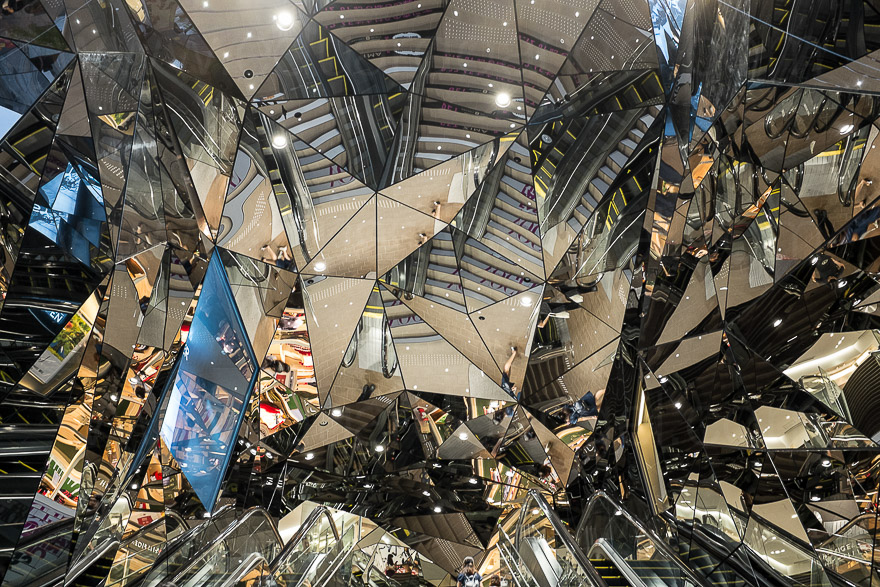
A filmmaker’s perspective on Japan.
Back in 2011 I made the best decision of my life: to get engaged. Wanting to “pop the question” at an unforgettable location, I asked my wife, then girlfriend, to write down her top five destinations that she had not yet visited. Coincidentally, and even though we both have traveled extensively, her first pick matched mine: Japan. The decision was made, air tickets were purchased, and hotels booked, but the timing was off. Just a few days before our departure, and with the ring well hidden in my camera bag, the Tohoku earthquake hit Japan. It was the fourth most powerful earthquake in the world since modern record keeping began in 1900, and the most powerful earthquake ever recorded in Japan.
A few weeks ago we FINALLY had the chance to visit this incredible country and culture, and on this article I’d like to share some of the most amazing things we learned and saw. Like some of my previous videos there’s a generous mix of stills, videos, soundscapes, music and narrations.
First things first
Most of us learned in school that Japan closed its borders in 1639 for more than 200 years, keeping only one seaport open for foreign trade exclusively with Dutch and Chinese sailors. A lot has changed, of course, and the country is currently the world’s third largest economy after the United States and China. This is truly a miracle for a nation that consists of more than 6,800 islands, has a population of 127 million people, and is smaller than the states of Montana or California.
As a little kid I spent countless hours poring over my grandparents National Geographic magazines. I dreamt about far and exotic places like “Antofagasta,” which I related to cannibals, “Ushuaia,” which to me was a synonym for the end of the world, “Oaxaca,” which I imagined full of little skulls everywhere, “Marrakesh,” with stunning belly dancers and crazy sword-fighting warriors, and “Kyoto,” elegant, peaceful, and extremely expensive. I loved the sound of each place.
Now, a “few” years later, I’ve had the privilege to visit all of these magical places and work in well over 700 cities in 50 countries, covering 40% of the world (according to Tripadvisor). Compared to my childhood pipe dreams, some countries have been much more interesting (Hong Kong and Thailand), and a few hugely disappointing (Russia and Vietnam top that list). There are no cannibals in Antofagasta, you can see little skulls in Oaxaca for “Dia de los Muertos,” and Ushuaia can’t be described in words. But Japan, in fact, so far, has been the one experience to closest match my dreams.
A World of Contrasts
If I had to define the country in a single word it would be contrast. Not necessarily as in the wide social and economic disparities one sees in India, China, or South America, but in the everyday culture itself; super-modern buildings next to architectural crimes, decadent meals followed by inedible dishes, massive pedestrian crossings and jam-packed subway cars followed by serene gardens, and very polite and quiet people during the daytime that get insanely wild and loud after dusk.
Random Fun Facts
Coming from New York, it always strikes me how clean and quiet other large cities are in comparison. Even Los Angeles and Houston seem muted in comparison. In that regard, Tokyo, the most populated metropolitan area in the world, is impossibly silent. And spotless. And huge. For example, Tokyo doesn’t have an actual downtown, but 23 of them, some with a daytime population seven times higher than their nighttime population.
Having been born in Colombia and experiencing first hand the country’s well documented violence during the 90s, it is hard to grasp how Japan, with the tenth largest population in the world can have the second lowest homicide rate, with only TWO gun-related homicides per year, and a conviction rate close to 99%. My brain can’t even process that information.
There are many fascinating things about Japan, from the expected, like magnificent temples, pristine gardens, and stunning package and lighting design, to the highly unexpected like the super-salty cuisine, and the lack of English speaking people and information in English even in popular tourist areas. Regarding tourism, we based most of our itineraries on Frommer’s and Fodor’s guides, which proved to be excellent sources of information.
We also tried to understand why there are virtually no public trash cans, but no garbage on the streets, millions of people everywhere, but no benches, and restaurants with vending machines, but no napkins. I’m still looking for those answers. Please hit me on Twitter if you have a good guess. And, speaking of Japanese vending machines, one can use any of the 5.5 million to buy beer, wine, canned coffee, cigarettes, food, comic books, toilet paper and even “adult literature and pleasure products.”
To widen our Japanese experience, we stayed at a high-end hotel in Tokyo, and at a Ryokan in Kyoto. The Ryokan, a traditional Japanese inn with tatami floors, paper blinds, a low table for tea and super tiny pillows, provided a unique, but not very comfortable, experience. As an added bonus we located a Ryokan that offered a private Onsen, or spring bath, that was masterfully built with exquisite wood, and harvested the local volcanic waters. Of course, Japan being Japan, even this relaxing moment had many strict rules to be followed in precise order before even touching the water. Overall it was an interesting experience, especially after walking 30,000 steps each day (according to my wife’s pretty handy Fitbit).
One early morning we got the rare opportunity to attend sumo training. As architecture buffs we used some rainy afternoons to visit buildings and stores by our favorite Japanese designers. We tried hard to cover as much of the Japanese culinary spectrum as possible, from quick lunches at shopping centers’ basements, vending machines, and food trucks, and dinning at traditional Izakayas where we tried delicious Yakitori and horse sashimi.
We obviously “had” to fit in a few Michelin-rated restaurants as the respected “foodies” publication has awarded Tokyo the most stars of any city in the world. More than the food itself, the service, presentation, and attention to detail are what truly offers a remarkable experience.
More Random Facts
Japan imports 85% of Jamaica’s annual coffee production, but the fancy coffees we tried were consistently inconsistent. I might get shot for saying this, but the $1 coffee at 7-Eleven was MUCH better than most of the $8 fancy brews we tried. And I’m Colombian, I do know my coffee.
Japan is also the world’s top importer of reggae music and has the largest proportion of jazz fans in the world. We treated ourselves with a jazz concert (and grossly overpriced drinks) at the Park Hyatt‘s bar, from “Lost in Translation” fame. The city views from the fancy bar are great, especially at nighttime, but you get pretty much the same view for free only two blocks away, from Tokyo’s Metropolitan Government Building, where you can also get a very filling lunch for about six dollars.
Gulping down your drink and slurping is NOT considered bad manners (mom, are you reading this?), but somehow eating or drinking while walking down a street is considered very rude and nobody does it. The Zen proverb “When walking, walk. When eating, eat” is silently but effectively enforced all the time, and everywhere. One day we had to go back to our hotel, just a few blocks away, to finish our Bento box lunch.
We did enjoy bowing on meeting someone, but sitting on the floor with your hands in your lap and your legs tucked under you, not so much. Perhaps because I’m less flexible than a tree. When wearing my first kimono I created a small “fashion emergency” with the Ryokan’s owner, as one should always wear the left side over the right side. The opposite of this is only observed at funerals. Something similar happens with chopsticks; do not point them at other people, never wave them in the air or stick them upright in the rice, since they’ll look like sticks of incense at a funeral. How are you supposed to know all this?
Cash is definitely king, and many ATMs in Japan do not accept international debit cards, with the wonderful exception of the ATMs found at the 10,000 7-Eleven stores. Coins are required for buses, trams, and lockers. We had read that Internet access was horrible, but I have to disagree. Both our hotels, many subway stations and bus stops provided free Internet access. If all you need is checking your map or access something on Dropbox you should be fine. If you are planning to stream movies or video games, stay home.
Packing Tips
In terms of packing, we broke a new personal record for this trip. We were able to fit everything into ONE suitcase. In case all the women reading this article are wondering, yes, my wife wasn’t too happy at first, but she came to appreciate my logic while navigating major transport hubs like Shinjuku, which serves 4 million passengers a day, and holds the title as the world’s busiest station.
In addition to the single suitcase, my wife had a very light daypack, and I brought my favorite photo backpack.
Regarding photo and video equipment, I’ve been traveling extremely light and small. This time I brought two Panasonic GH4s (Amazon • B&H), two Panasonic Lumix lenses (Amazon • B&H) , and a Fuji X100S (Amazon • B&H). This is pretty much the same gear I’ve used on assignments in Europe (article on Sigma’s website), Turkey, and commercials like this.
Something I failed to pack (and struggled to find in Tokyo) was a “3-Prong to 2-Prong Adapter.” Considering one can get two for $6 on Amazon, it was very painful to waste precious time walking from store to store and trying to explain what a “3 prong” means with body language and childish drawings. To connect multiple devices I ALWAYS bring two essential items: a mini power strip to charge phones, batteries, and laptops using a single outlet, and a compact USB hub, to connect multiple hard drives to my laptop. This year I’ve been using these small and cheap external hard drives on my travels, and so far they’ve worked perfectly. If you are interested in seeing what’s inside my camera bag, I wrote an article with “The Essential 41 Items” for photography and video assignments.
The Final Product – The Video
Shooting stills, and video, and recording soundscapes while traveling alone is hard, I’m not gonna lie. Doing all that with your (extremely patient) wife is even harder, but totally worth it.
Obviously it’s impossible to understand a country, city, or even a neighborhood in just a couple of weeks. I’ve spent nine years in New York and every weekend we find something new to do, see, or eat. But, we only have one chance to get a first impression, and I believe those first reactions are great ways to identify interesting trends and cultural differences.
The video below has tons of additional information about Japan in general and our travel adventures in particular. If you like traveling—and eating delicious food—I’m sure you will enjoy it, and if you do, please SHARE the love!
If you are looking to expand your creative options by adding video into your skills set or enhance your craft, don’t miss these courses on Lynda.com.
Video

Video for Photographers: Filmmaking Essentials.
As we have covered in numerous articles before, still photographers can reasonably quickly learn the most essential filmmaking techniques and greatly expand their creative options and the range of professional services.
In our latest Lynda.com course we help bridge the gap between still pictures and moving images, by explaining and showing, what it takes to transition from one craft to the other. We tried our best to include the most essential video productions techniques; from framing and lighting for continuous shots to directing the viewer’s attention and incorporating camera movement and sound, and even offering a brief overview of our post-production workflows.
This course, our fifth on Lynda.com is the “theory course.” Our goal is to explain why certain techniques, steps or tools are important. Other topics include:
• Understanding the 5 Cs of cinematography
• Choosing the right camera
• Framing for continuous shots
• Lighting techniques
• Using camera movement to enhance your story
• Leading the senses with sound
• Working with different microphones
• Editing and post-production considerations
A follow-up “practical” course (available in a few weeks) will cover hands-on composition, camera movement, sound and lighting techniques, among other useful tips like packing and working with very small budgets and crews.
Enjoy!
Video
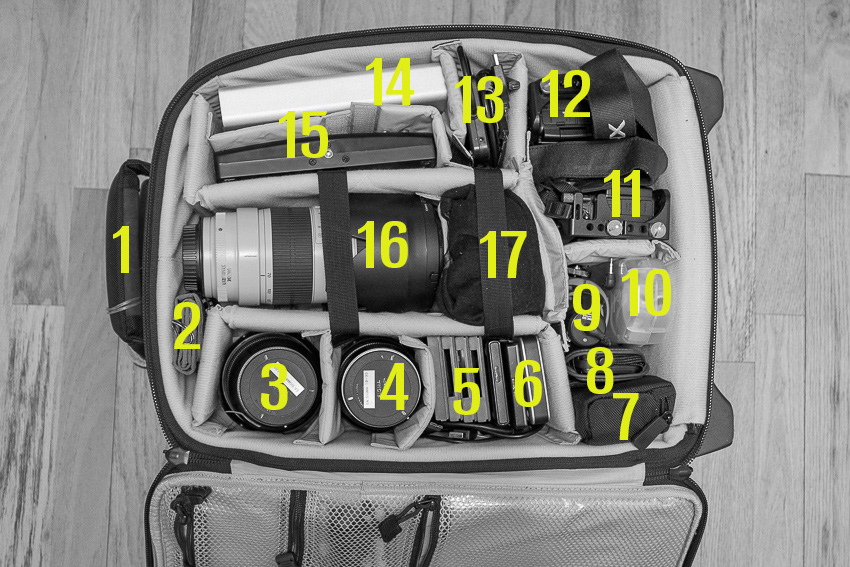
Hybrid Assignments Equipment List: The Essential 41 Items
In aviation, an MMEL (Master Minimum Equipment List) is a categorized list of on-board systems, instruments and equipment that must be operative in order to flight. Any additional equipment not included in the MMEL may break temporarily but it won’t make the aircraft inoperative. Here’s an attempt to create a hybrid MMEL for three different crew sizes.
Let’s start with the definition of “Hybrid.” What I normally mean by this term are productions or assignments where one or two people are required to be the photographer, filmmaker, sound recordist, producer, and even editor. And, these gigs are becoming increasingly popular. It sounds crazy and these sorts of shoots can be. One of the keys to making them run smoothly relies on great planning and working with less equipment that gives you more control in less time. It also helps to team up with other people who can complement our weaknesses.
Short and one-man crew hybrid projects
One substantial challenge for photographers shooting video is how to travel as light as possible while carrying a full production and post-production setup that is literally on their back. Here’s a picture of my backpack, which contains every single piece of gear that I’d need for from one up to three days, except some clothes and toiletries that will go on a small backpack.
1. Media Credentials which sometimes, but not always, can give you special access, get you discounts and the most important part, allow you to travel with some heavy or oversized gear without paying a fortune. Here’s a link to Delta, American, and United Media Baggage policies.
2. Two external portable hard drives. I suggest this one, or this one.
3. Audio field recorder like the H4n (or a more current model and smaller version like Tascam’s DR-05) to capture interviews and my own production notes.
4. Camera A for video, in this case a Panasonic GH4 (Amazon and B&H) with a Lumix 35-100mm 2.8 lens (Amazon and B&H). I’m in love with this lens. So small, yet so sharp!
5. Camera B for video, another Panasonic GH4 with a Lumix 12-35mm 2.8 lens (Amazon and B&H)
7. Camera for stills and location scouting; I always carry my Fuji X100s (Amazon and B&H)
8. A variety of Tenba Tool Boxes (Amazon and B&H) to pack all the batteries, chargers, cables, adapters and other small accessories.
9. A small tripod (Amazon and B&H)that sometimes serves as an improvised handheld rig. A car mount works great for time lapse and even to hold the H4n or small lights during interviews.
10. At least one Rode VideoMic (Amazon and B&H) to capture some ambient sounds or interviews.
11. A 15″ MacBook Pro (Amazon and B&H) with Adobe Creative Suite (Amazon and B&H) and Shot Put Pro.
12. One of my favorite photo bags ever, the new Tenba Shootout (Amazon and B&H)
13. In terms of lighting, for these assignments I try to use mostly available/natural light, but I bring a 5-in-1 Collapsible Reflector.
And here’s my typical outfit and setup for some of these solo hybrid gigs.
1. My good ol’ Columbia jacket/vest has been traveling with me to more than 40 countries. It has lots of pockets, a hoodie, and because it has a self-stowing pocket, it sometimes doubles as a pillow on the road. A priceless item, to be sure.
2. Benro S4 Video Monopod. Small, relatively light, and sturdy. Works great.
3. Panasonic GH4 with a Lumix 35-100mm 2.8 lens.
4. Rode VideoMic Shotgun
5. I always bring gloves unless I’m going to the Caribbean in July. Montreal was pretty cold and wet!
6. Obviously, the most important tool if you are crossing any borders: the passport. This website compares the “power” of passports from many different countries, and, as Americans, we are blessed to have the most powerful one.
7. I like to dress in layers and in dark colors when shooting on the road. Black hides dust and stains very easily. A cashmere sweater is worth its weight in gold.
8. Camera for stills: The Fuji X100s is especially handy after a very long day, when I don’t want to carry more gear but still want to capture a few night scenes of nice-looking dishes during my evening meal.
9. A hat—another essential item.
Longer projects and bigger crews
For a longer hybrid assignment where I’ll have one or two more people (gaffer/grip and a second camera/DIT) I’d bring a few more items. In this case we wouldn’t need to carry everything on our backs, but we definitely need to pack as little and light as possible.
We would bring a Tenba Transport Rolling Tripod/Grip case, to pack one or two Benro S8 tripods, a Benro S4 monopod, a very compact and portable slider that would take the same fluid head from the S8 tripod and/or the S4 monopod. Some grip accessories that I consider essential are at least a couple of adjustable Gaffer Clamps, and a couple Collapsible Reflector Holders which also double as boom stand. These two light and inexpensive items effectively function as one, and sometimes two, additional crew member. A no brainer if you ask me.
On the camera package I’d include an external monitor/recorder like the Atomos Shogun with plenty of Solid State Drives (you can also rent them for only $28 per day!), and all the charges and cables you can imagine, and a power strip (get one with a long cord) that becomes essential when downloading all the footage every night AND charging all the batteries for the next day. I use one Tenba Roadie Hybrid bag for the most expensive, essential and fragile items, namely cameras, lenses, Shogun and hard drives. The brilliant design of the Roadie Hybrid allowa me to treat is as a standard rolling carry-on, but I can also use it as a (very heavy) backpack on uneven terrain, subway stations, etc.
Here’s a view of my carry-on bag.
1. Tenba Roadie Hybrid bag
2. Media pouch with ten 64GB SD cards
3 and 4. Sigma 18-35mm f/1.8 and Sigma 24-105mm f4. These are the same lenses I used last year on another one-man Hybrid project in Istanbul and Europe
5. SanDisk Solid State Drives for the Atomos Shogun
6. Two external portable hard drives
10. H4n Audio field recorder.
11 and 12. A couple of Panasonic GH4 bodies with Varavon cages, one with a Metabones Speedbooster (for the Sigma and Canon lenses) or a couple of Canon C100 Mark II or C300 Mark II bodies if the job doesn’t require stills.
13. USB 3 reader for Solid State Drives (included with the Atomos Shogun kit)
14. 6TB G-Tech External Hard Drive (compact, super fast and awesome)
15. Atomos Shogun
16. My sharpest and heaviest lens, Canon 70-200mm f/2.8 [
17. Panasonic Lumix 12-35mm 2.8 lens and Panasonic GH4 with a Lumix 35-100mm 2.8 lens. These lenses are the equivalent to a 24-70mm 2.8 and a 70-200mm 2.8 but super light and small
18. In terms of lighting I usually bring two or three 1×1 Bi-Color LED Panels with batteries and two Chimera 1×1 Lightbanks with grids. That pretty much covers all me needs. Another option is a Fiilex kit, which I like a lot, but find it way too expensive. I’ll need light stands and cables.
19. Depending on the job we would add another camera movement tool, like a Glidecam or a Ronin or even jibs and dollies. It depends on too many different factors.
Well, there you have my little setups for hybrid assignments. Obviously, there isn’t a perfect setup of gear list, just like there isn’t a perfect camera, but these items have been working great for us. I hope this article benefits some of you involved or interested in run and gun, single-operator scenarios like weddings, events, corporate shoots, documentaries, red carpet premieres, product launches, sporting events, video podcasts, and even student films.
If you are interested in some packing and traveling tips, especially when shooting overseas, or what to do the day before your video/shoot shoot, we have written about that too. Did I forget anything? Let me know here!
And of course, there are those crazy long, crazy hectic, crazy complex and crazy awesome projects that require everything and the kitchen sink.
Video
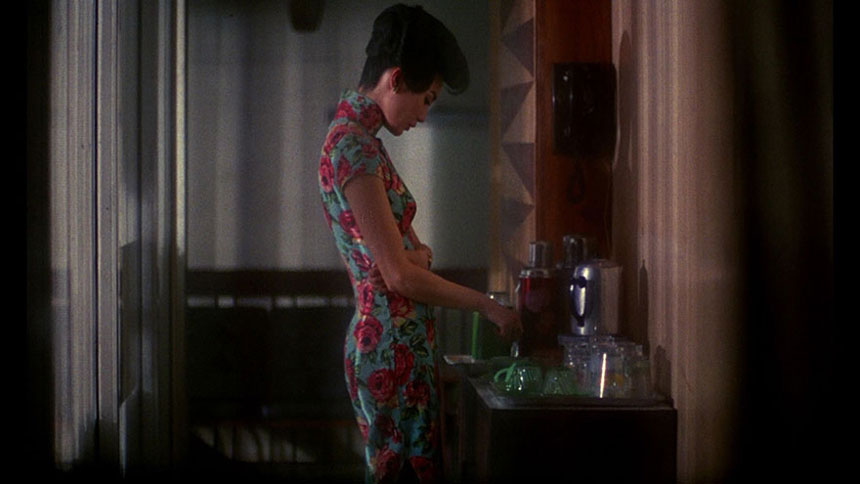
In the Mood for Love Redux.
I love Asian cinema and I feel a strong and special attraction and respect for Wong Kar-Wai’s work, especially his earlier collaborations with Chris Doyle. Wong Kar-Wai is known for his “romantic and stylish films that explore—in saturated, cinematic scenes—themes of love, longing, and the burden of memory.” In terms of photographing urban landscapes, especially at night, I can’t think of a better cinematographer than Doyle.
For the past couple of months I’ve been revisiting his movies, his video interviews, and reading as much as possible about his production methods and unconventional approaches to filmmaking.
Check out the following books to learn more about this amazing director:
“The Sensuous Cinema of Wong Kar-Wai” by Gary Bettinson
“Wong Kar-Wai: Auteur of Time” by Stephen Teo
“Wong Kar-Wai” by Peter Brunette
The long-awaited and complete Kar-Wai retrospective with more than 250 photographs and film stills will be released in September but it can be can pre-ordered now.
In order to better understand his compositional and directorial choices I imported “In the Mood for Love” into Premiere Pro and selected my favorite scenes, including those critical to the story, those that are brilliantly original, and scenes that are flawlessly executed or contain a number of technical achievements (like the impeccable use of dolly moves). I then re-cut all my favorite scenes from the original 94 minutes into a single 18-minute clip (below), always trying to keep the integrity of the story. My goal here is to help someone who hasn’t seen the movie grasp its (very convoluted) story in one 18-minute clip.
If you haven’t see the movie, I highly recommend it, and I’d love to hear from you once you see it.
If you have seen the movie, did I leave any key cinematic moments out?
Photography
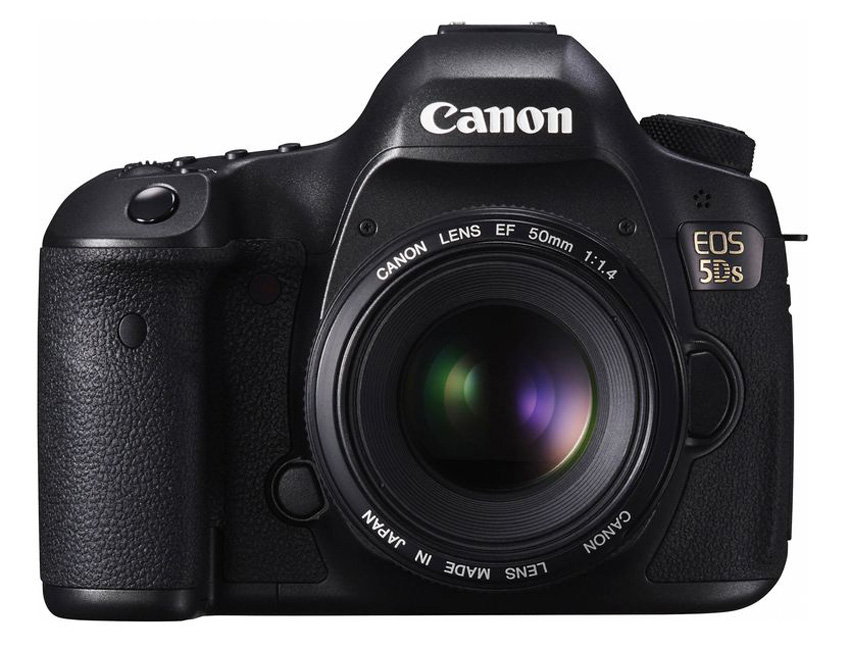
Canon EOS-5DS and EOS-5DS R announced. What’s new?
The new Canon cameras have been officially announced. Here are the specs, side by side.
• Sadly, there are no new features for video on either EOS-5DS or EOS-5DS R. Actually, they are MISSING some video features from the 5D Mark III, like a headphone jack or an HDMI port.
• The cameras won’t be available for PREORDER until mid-June. Shipping dates are still unknown.
• The highly expected Canon 11-24mm f/4 L USM Lens was also announced, and it is available for preorder!
Video

Cinematic Composition for Video Productions on Lynda.com
Composition is one of the least understood yet most important aspects of video. Like good storytelling, in order to achieve good video composition you have to make every detail count and keep the audience engaged in your story. In this course, we break down effective cinematic composition, to show how to create different compositional effects using a variety of techniques. Beginning with basics such as shot size, depth of field, and the rule of thirds, we show how to establish a scene, play with perspective and movement, and incorporate some of the most common shot types, including close-ups and group shots. Once you’ve learned the rules, see how to break them, using warped perspectives and intentionally confusing sequences, before exploring technical considerations such as lenses and lighting.
Topics included on this course:
- The basics of composition
- Exploring the rule of thirds
- Comparing balanced and unbalanced compositions
- Understanding the importance of using establishing shots
- Working with point of view
- Modifying the height of the camera
- Understanding the lines of a scene
- Creating depth
- Incorporating unusual or unexpected angles
- Knowing when to break the rules
- Using viewfinder apps
The complete course is currently available on Lynda.com. If you aren’t a Lynda.com subscriber, feel free to use my link for 10 days of unlimited access.
Here are some of the many examples on this course:
Video
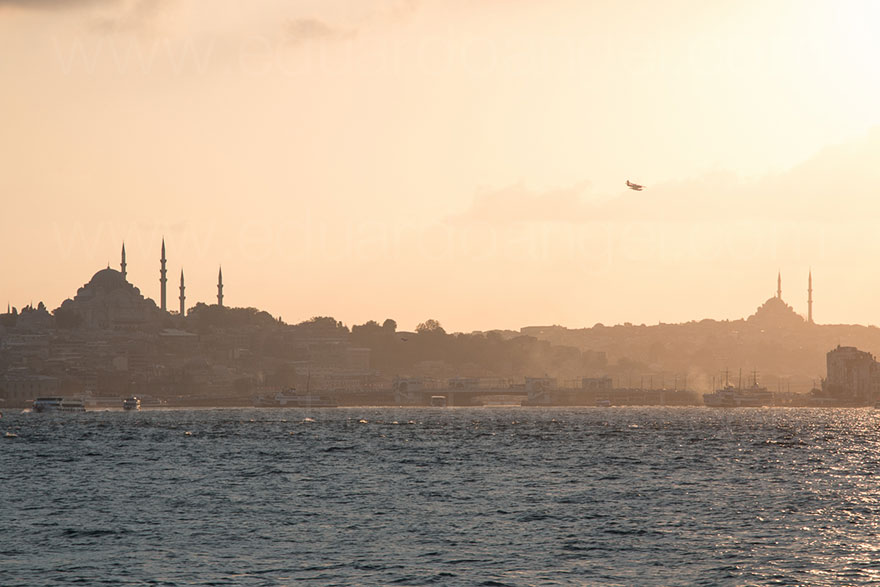
Documenting Istanbul, Paris and Brussels as a one-man crew.
Except for a couple of days where I had the priceless guidance of my friend Levent, I worked alone for three weeks between Istanbul, Paris and Brussels. The assignments required to capture stills, shoot video, record soundscapes, write, and edit everything together as I was moving alone. No problem!
The single operator/producer/editor assignment is becoming increasingly common for several reasons, among them lower production costs, as well as easier access to difficult locations.
I see a lot of opportunities for shooters currently doing weddings, corporate and sporting events, product launches, trade shows, video podcasts, student films or as in this specific project, travel and documentaries.
The main challenge is that on these hybrid productions getting the shot is paramount. There are no second chances, so preparing the shoot and planning for different situations is key. Another big challenge is how to travel as light as possible, but still carry a full production and post-production setup literally on your back.
After Istanbul I went to Brussels with its ancient roots, unique architecture, and bilingual arrangement. From there I went to Paris, the legendary City of Light, which always offers up myriad imaging possibilities. As you can imagine, all these cities were a playground ripe with incredible photo opportunities, and amazing food.
I recently wrote about my experience, lessons learned, and a few tips for Sigma, as I used their lenses for this assignment. The complete articles are available here and here.
If you enjoy my work, please consider sharing it with others. In today’s world, every click, share, and like counts. =)
Video
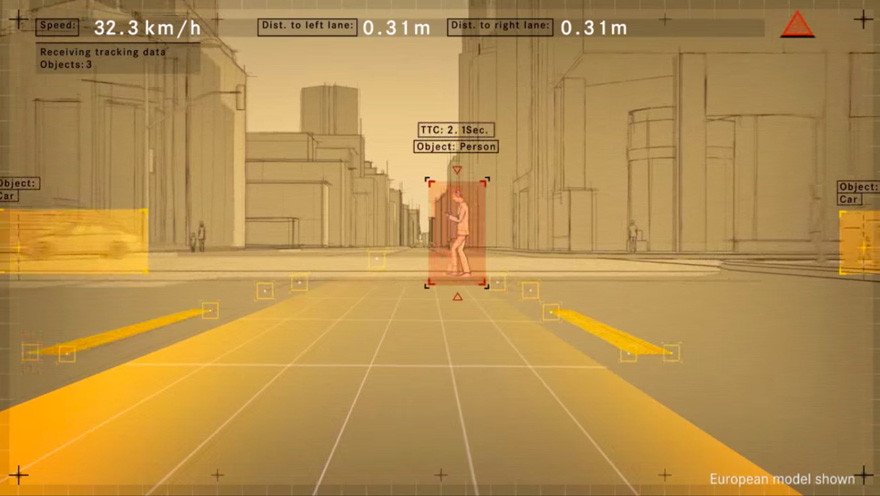
My Top Ten Favorite Articles of Last Week.
These are my top ten favorite articles of last week, in no particular order. If you have something worth sharing next week, please send it my way by email or Twitter.
The (amazing) Cinematography of Emmanuel Lubezki (video below)
20 Acclaimed Filmmakers Explain America’s Money Problems in ‘We the Economy’ http://bit.ly/1wq7AF4
This is insane! Disintegrating by Fabian Oefner http://bit.ly/1sKjaVA
The Mercedes-Benz S-Class technology features are truly breathtaking. http://bit.ly/11bpHCs Suddenly $100k seems cheap!
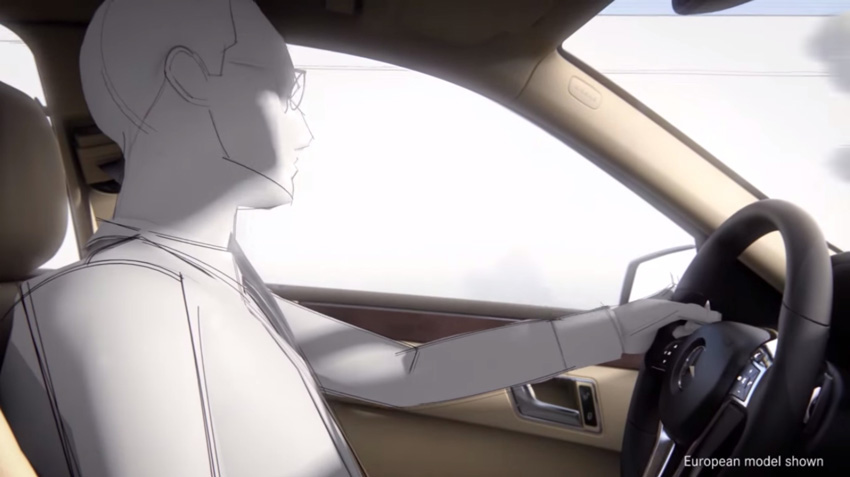
After Effects: Understanding GPU, CUDA, and OpenGL features http://adobe.ly/1xxPzq2
Top 50 YouTube and Vimeo Channels for Filmmakers and Cinephiles http://bit.ly/1zZuqDm via Cinephilia & Beyond
A short history of (believable) CG characters in movies http://bit.ly/1tzpkbn
Brain Jazz: A Mind-Jam with Jason Silva and Douglas Rushkoff (video below)
70-Minute Masterclass With Legendary Cinematograph http://bit.ly/1y3NvoB via Indiwire
Time Is the New Money. Are You Broke? http://bit.ly/1y3NC3y via Inc Magazine
Video

My Top Ten Favorite Articles of Last Week.
These are my top ten favorite articles of last week, in no particular order. If you have something worth sharing next week, please send it my way by email or Twitter.
A beautiful compilation of silhouettes in cinema. http://bit.ly/1zZuXFh
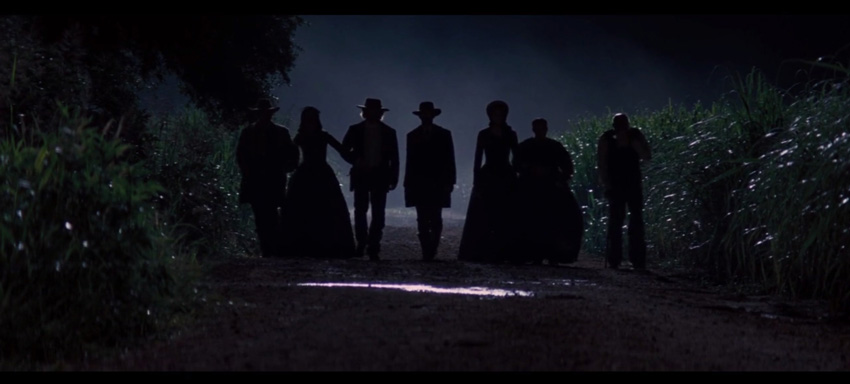
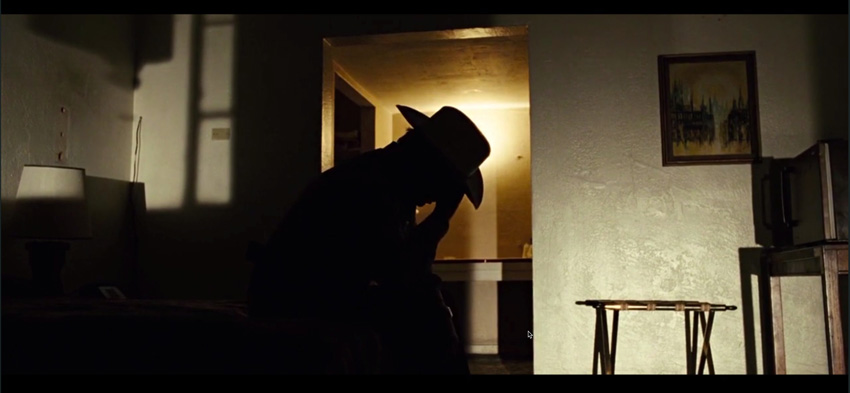
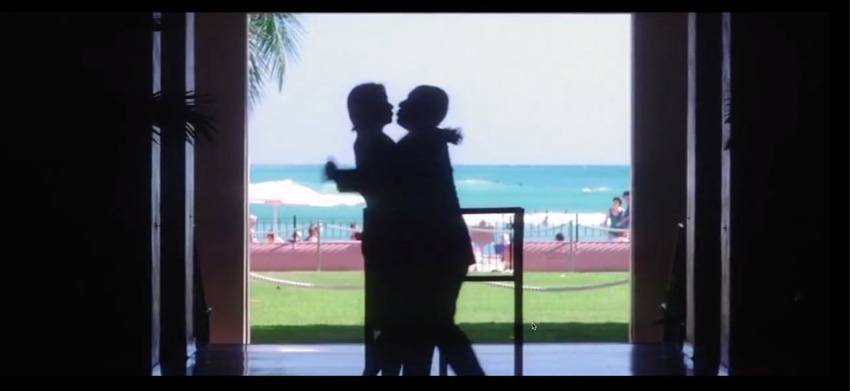
A Free Image and Model Release Template You Can Fill Out and Sign On a Smartphone http://bit.ly/1qH1ksh
Adobe Releases Lightroom 5.7 with Aperture Importer and Support for the Latest and Greatest Cameras http://bit.ly/1vv0lgC
Danny Boyle & Darren Aronofsky: Directing Style http://bit.ly/1tVuzSy
There Aren’t Enough Women Cinematographers and That Needs http://bit.ly/1wq2I2A via Indiewire
Space Out With This Turkish Musician’s New Instrument http://bit.ly/1EIN0ST
There Are Now Over 20 Cell Phones that Shoot 4K Video http://bit.ly/1wq5IvY
Which Laptops Have the Best, Longest Battery Life? http://bit.ly/1wq64CI via Digital Trends
Watch an Adobe Panel About the 6K Editorial Workflow of ‘Gone Girl’ http://bit.ly/1wq77CN via Creative Planet Network
James Cameron Thinks Oculus Rift is ‘a Yawn’ http://bit.ly/1wq78Xj via Digital Trends
Video
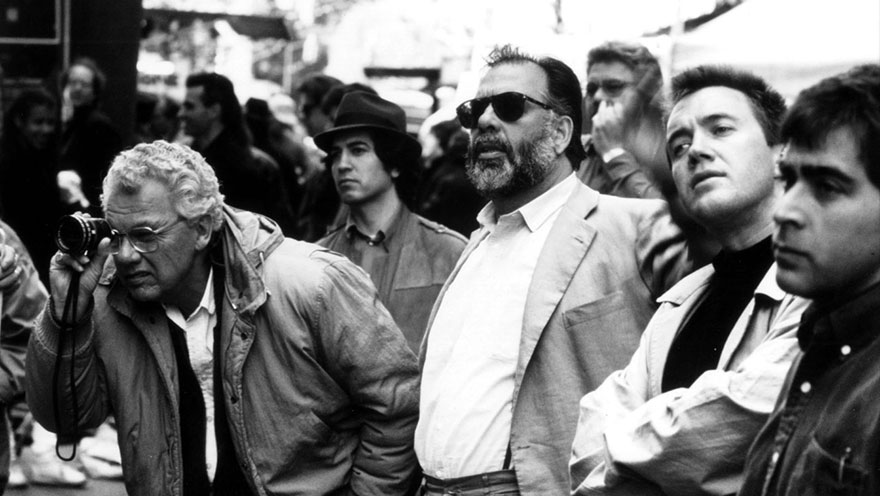
My Top Ten Favorite Articles of Last Week.
These are my top ten favorite articles of last week, in no particular order. If you have something worth sharing next week, please send it my way by email or Twitter.
How Criterion Collection Brings Movies Back From the Dead http://bit.ly/1tzoyuX via Vimeo
Here’s What Happens When You Put Instant Film in a Microwave http://bit.ly/1qtgQFe via Smithsonian
Confused About Codecs? This Video Tutorial Will Teach You What You Need to Know http://bit.ly/1qOE1FU via No Film School
What We See When We Read http://hntd.ch/1p5YDZh via Cool Hunting
Darkness & Light: Contemporary Nordic Photography http://hntd.ch/1p5YPaU via Cool Hunting
The Yachts Of The Super-Rich Do Battle In These Violent Photo Montages http://bit.ly/1qOFX1d
The Director’s Chair: Robert Rodriguez Interviewing Quentin Tarantino! It looks amazing. http://bit.ly/1qOHnbU
Steadicam Inventor Reveals the ‘Impossible Shots’ That Changed Filmmaking Forever http://bit.ly/1pARVuG via Hollywood Reporter
Satellite Uses Infrared Photography to See Beneath California Forest Fire Smoke http://bit.ly/1w9IPxu via Petapixel
How Gordon Willis Inspired Francis Ford Coppola, Woody Allen http://bit.ly/1qOG7Wf via Indiewire
News
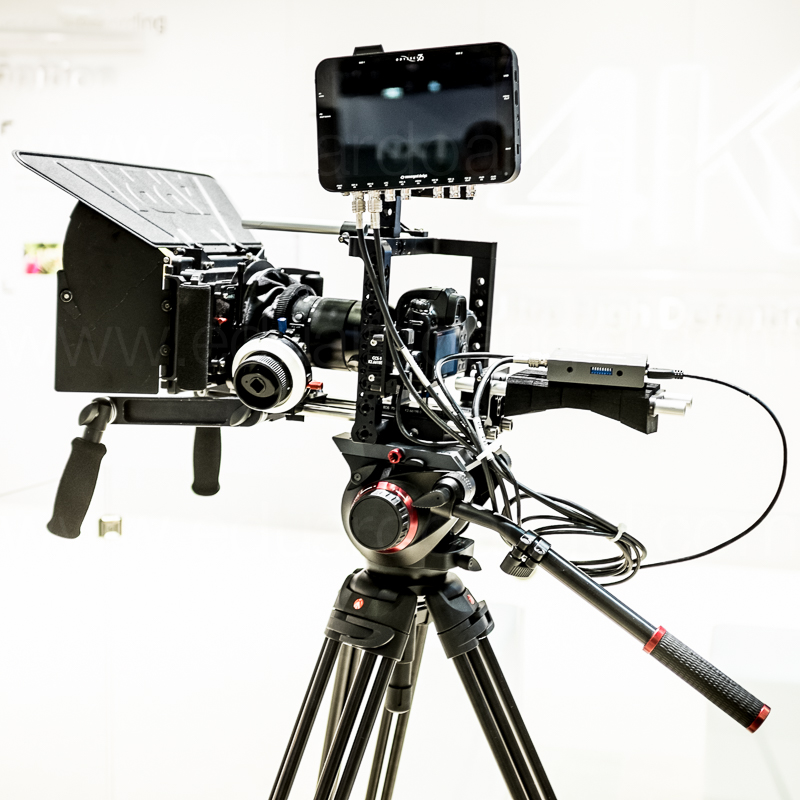
My Top Ten Favorite Articles of Last Week.
These are my top ten favorite articles of last week, in no particular order. If you have something worth sharing next week, please send it my way by email or Twitter.
Silent No More, Laura Poitras Talks About ‘CitizenFour’ http://bit.ly/1sIOpG1 via Filmlinc.com
Offsite Collaboration and the Cloud http://bit.ly/1zepGvT via Mastering Film
Watch IKEA’s Spooky Halloween Ad That Pays Perfect Homage to ‘The Shining’ http://entm.ag/1zepJIe via Entrepreneur
Portraits of 10 US Presidents Before and After Their Time in Office http://bit.ly/1vNamn1 via Petapixel

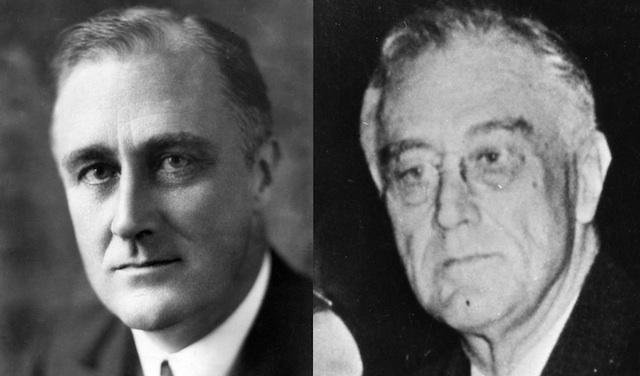
Werner Herzog’s Note To His Cleaning Lady http://bit.ly/1zepPQ1 via Sabotage Times
8 Little Known Secrets of New York City – New York http://bit.ly/1zeq3qe via Weekend Notes
Will Video Kill Photography’s Stars? http://bit.ly/1zepSv7
9 Cinematography Tips for Directors with No Space & No Budget http://bit.ly/1zepRY6 via NoFilmSchool
Access Nollywood, Nigeria’s Booming Film Industry http://bit.ly/1zeq6T0 via Good Magazine
Panasonic and Red hope to replace photos with frames of video http://engt.co/1zeqaCa via Engadget
News

My Top Ten Favorite Articles of Last Week.
These are my top ten favorite articles of last week, in no particular order. If you have something worth sharing next week, please send it my way by email or Twitter.
The 10 Most-Pirated Movies http://bit.ly/ZEtLdc via PCMag
In Praise Of Architectural Extravagance http://feedproxy.google.com/~r/fastcompany/headlines/~3/0jV4-o40gSE/in-praise-of-architectural-extravagance
10 Tips from cinematographer Roger Deakins http://bbc.in/12UFkiQ via BBC news
Harvey Weinstein Defends Netflix’s ‘Crouching Tiger, Hidden Dragon” deal http://bit.ly/1xzZozV via Indiewire
Q&A with Master Documentary Filmmaker Manfred Kirchheimer http://bit.ly/1xzYXG1 via SVA.edu
Published for the First Time: a 1959 Essay by Isaac Asimov on Creativity http://bit.ly/1xzZ6Jo via MIT Technology Review
Attention Documentary Filmmakers: Every 2015 Lab, Grant and Film Festival Deadline http://bit.ly/1xzZckh
Canon announces EOS C100 Mark II http://bit.ly/1xzZTtN via DP Review
This may be the most important lesson about color you’ll ever see http://bit.ly/1xA07B8 via RedShark News

4 Ways You Can Save Time in Post by Shooting for the Edit http://bit.ly/1xA0jQT via NoFilmSchool
News
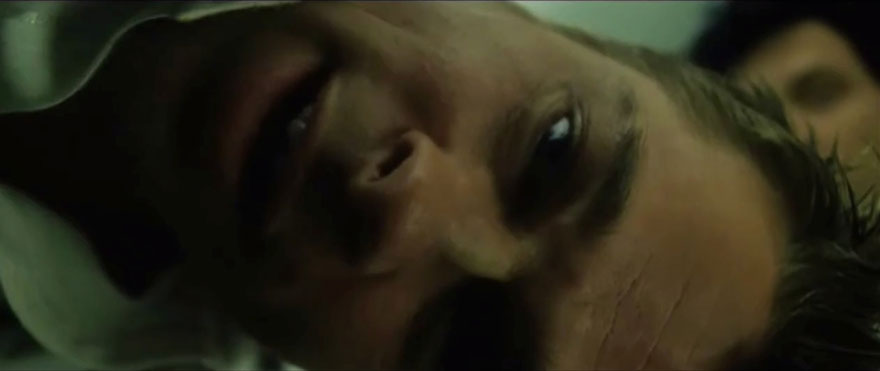
My Top Ten Favorite Articles of Last Week.
These are my top ten favorite articles of last week, in no particular order. If you have something worth sharing next week, please send it my way by email or Twitter.
The Moving Image Genre-form Guide http://1.usa.gov/1q3nrSJ via Library of Congress
Ever-Changing Technology Challenges Filmmakers http://n.pr/1vNae78 via NPR
Portraits of 10 US Presidents Before and After Their Time in Office http://bit.ly/1vNamn1 via Petapixel
Street View uses ‘camel cam’ for desert trip http://bit.ly/1qo2L96 via Digital Trends
This one is not photography or video related, but it is one of the coolest links I’ve seen in a long time: Your life on earth http://bbc.in/1wsOhdL via BBC – Earth
Modern American Ruins Photographed by Rob Dobi http://bit.ly/1wsOKNh via Feature Shoot
Inside The Design Of Norway’s Beautiful New Banknotes http://bit.ly/1wsOMob via Co.Design
Breaking The Cinematic Fourth Wall
Top 10 slow-mo movie moments http://bit.ly/1sIOh9C via YouTube
Future Storytelling: Projects http://bit.ly/1tDo1P8 via HKW
Video
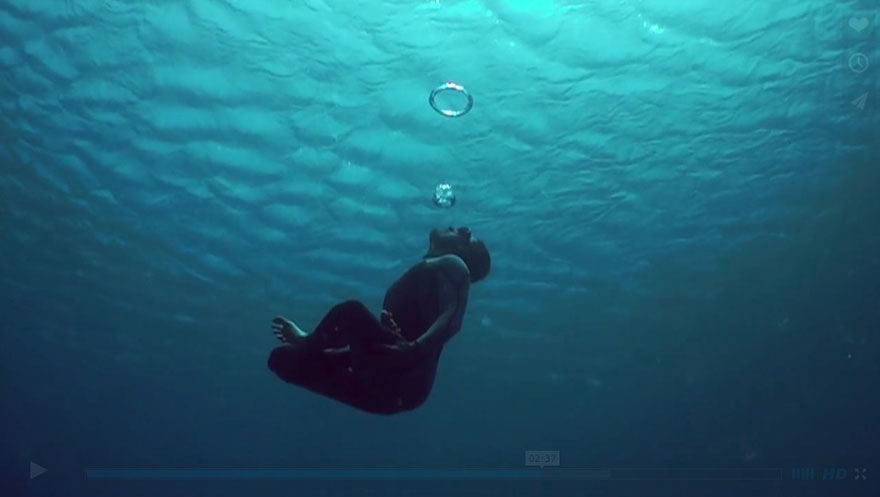
My Top Ten Favorite Articles of Last Week.
These are my top ten favorite articles of last week, in no particular order. If you have something worth sharing next week, please send it my way by email or Twitter.
Amazon made the hottest photography and video products announced at Photokina available for preorder! http://amzn.to/1rJwNZp
Case Study: Lighting for Commercials http://bit.ly/1rJwfCL via NoFilmSchool
Dissecting the opening titles for “Manhattan” (2014) http://bit.ly/1rJvUjq via Art of the Title
Amazing Freedive with The Ocean Brothers on Vimeo http://bit.ly/1rJvEAN
NHK demonstrates their 8K 120Hz production system. http://bit.ly/1rJzM3W
BBC Tests Shooting at 600fps in 4K http://bit.ly/1rJzB8N via Creative Planet
Unprecedented access into a fundamentalist Hindu training camp in modern India (watch below) via PBS.
Beautiful images of Airports from above http://bit.ly/1vfZQSP via Fast Company
Video
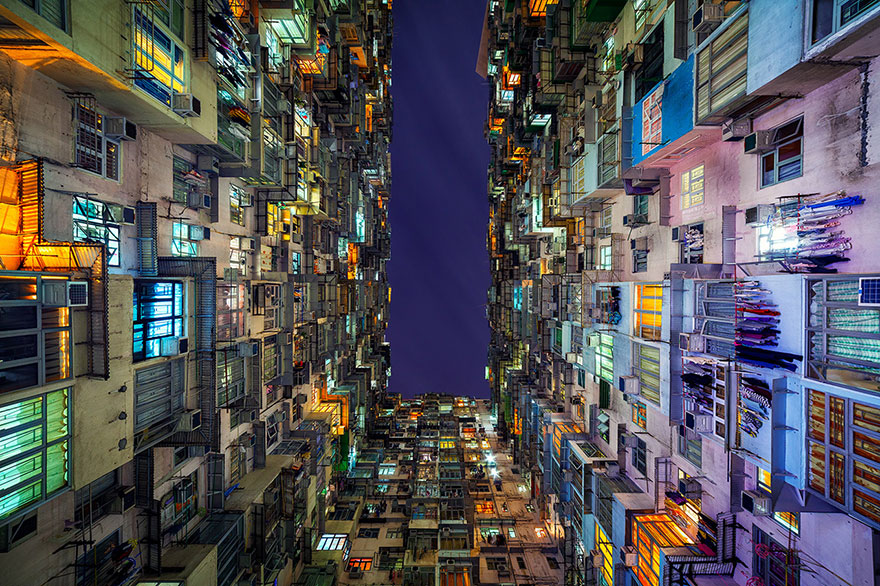
My Top Ten Favorite Articles of Last Week.
These are my top ten favorite articles of last week, in no particular order. If you have something worth sharing next week, please send it my way by email or Twitter.
As Protests Rage, These Dizzying Photos Show Life In One Of The World’s Densest Cities http://bit.ly/ZkTbxn via Co.Exist. Incredible photo essay by Australian photographer Peter Stewart.
15 Free Organizational Tools for Photographers http://bit.ly/1w13Tnc via Petapixel
This Real-Time Projected CGI Makeup Is Beautiful And Terrifying http://tcrn.ch/1p3v14R via TechCrunch
Graduating from Zoom-ins and Outs http://bit.ly/1rykMHx via Cinevate
The Village Underground Lisboa http://hntd.ch/1p5YzZK via Cool Hunting
Burning Man Meets TED http://bit.ly/1pAS94X via Hollywood Reporter
Real Time Face Tracking Projection http://bit.ly/1wtX6X2on Vimeo
Girls From Brazil’s Favelas Find Escape In Ballet http://huff.to/1nxpgH7
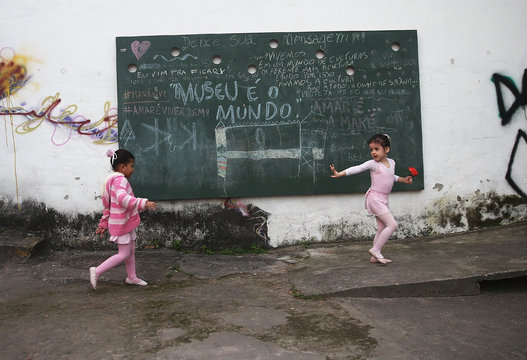
The five best North Korean films http://bit.ly/1qtblGx via The Guardian
4 Experts Predict How Moviegoing Will Change in 10 Years http://bit.ly/1pASd4F via Hollywood Reporter
Video
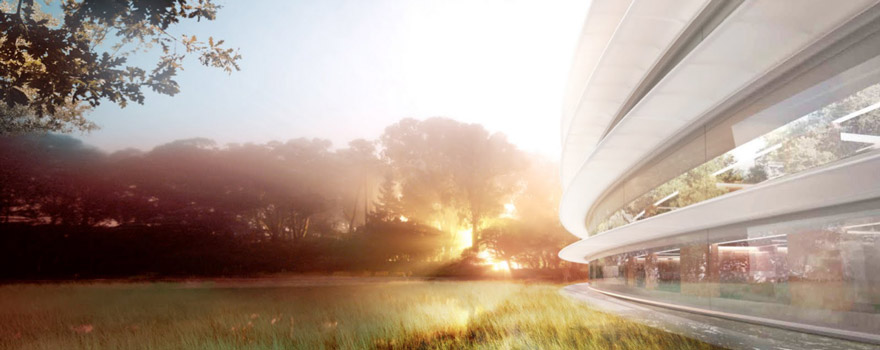
My Top Ten Favorite Articles of Last Week.
These are my top ten favorite articles of last week, in no particular order. If you have something worth sharing next week, please send it my way by email or Twitter.
The 10 Best Tracking Shots http://bit.ly/1q33tdO via Raindance Film Festival. This is only ONE of them!
UPDATED: Canon Permanently Drops Price On Most ‘L’ Glass:
Canon EF 24-70mm f/4.0L IS USM Standard Zoom Lens is 33% off
Canon EF 24-105mm f/4L IS USM Zoom Lens is $999
Drone video shows Apple’s ‘spaceship’ campus construction http://bit.ly/1w13C3B via Digital Trends
My Top 10 Rules of Travel Photography http://bit.ly/1z2Z3Wg via Ami Vitale
The Airbnb of Location Scouting? Set Scouter Connects Filmmakers Directly to Property Owners http://bit.ly/1pgfLRm via No Film School
Watch: Trailers For Martin Scorsese’s List Of The 39 Foreign Films You Should See Before You Die http://bit.ly/1pgfP3B via Indiewire
An In-Depth Guide to the Best Drones http://bit.ly/1pgfZYy via The Wirecutter
The most popular #Film & #Video projects on @ Kickstarter http://kck.st/1q2FYSb
The 100 Greatest Movie Threats of All Time http://bit.ly/1p0T5PU
Mesmerizing GIFs Use Light and Motion to Visualize Sounds http://wrd.cm/1p0VTfV via WIRED
Video

My Top Ten Favorite Articles of Last Week.
These are my top ten favorite articles of last week, in no particular order. If you have something worth sharing next week, please send it my way by email or Twitter.
The crew of VICE and their go-to Canon gear
Listen to 12 Hours of François Truffaut Interviewing Alfred Hitchcock for Free http://bit.ly/1sOj44w via No Film School
The perfect storm of talent and tools http://bit.ly/1sOj8kQ via Pro Video Coalition
Solving 50 problems in 50 days with design. Just like that. http://bit.ly/XwoK6i
The Art of Editing to Music http://bit.ly/1p0RCsM via Creative Planet
Magnum Photographer David Alan Harvey in the streets of Korea with the Fuji X100S
4K Monitors Under $850 http://bit.ly/VCxBlu via Pro Video Coalition
How To Make A Movie In A Country With No Film Funding http://bit.ly/VCxLcD via Indiewire
The Panasonic Toughpad shows up in a Comic Book http://bit.ly/1pF2QrJ via Digital Trends
Set Etiquette for Cinematographers http://bit.ly/1pF36XK via Mastering Film
News
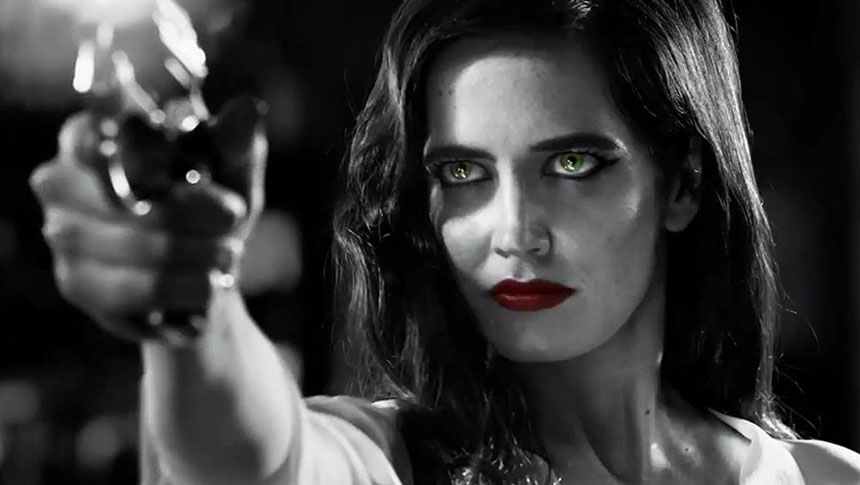
My Top Ten Favorite Articles of Last Week.
These are my top ten favorite articles of last week, in no particular order. If you have something worth sharing next week, please send it my way by email or Twitter.
13 Reasons Why You Shouldn’t Ask A Chinese Photoshop Expert For Help http://bit.ly/XfuCks via The Poke
James Bond: 50 Years of Main Title Design http://bit.ly/Xfvlls via Art of the Title
This Way Up on Vimeo http://bit.ly/1ytjPhD via YouTube
Remembering Robin Williams: 7-Minute Video Tribute http://bit.ly/1lU9R34 via The Playlist
Future Independent Filmmakers Will Make More Than Movies http://bit.ly/V4sc6i via Film Courage
23 eBooks For Photographers That Are Completely Free http://bit.ly/1lZQ0iW via Light Stalking
Acer Reveals B286HK 28-Inch 4K Monitor, Specs, Price http://bit.ly/1pvJOEr via Digital Trends
The New USB Standard Will Turn Your Photo Transfers Up to 11, and It’s Reversible http://bit.ly/1pvKF88 via Petapixel
For top 10 posts 60 Seconds on Set: Focus Pulling http://bit.ly/1pRzXHV
Robert Rodriguez Discusses Hollywood, Film Making and Sin City http://bit.ly/VwVA5h via Comic Book Movie
News
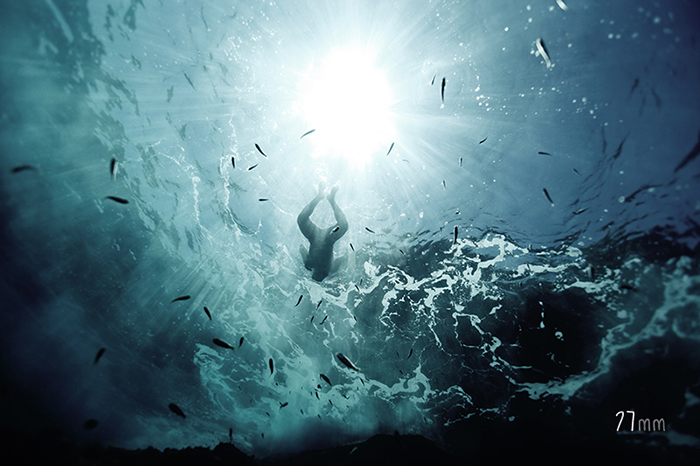
My Top Ten Favorite Articles of Last Week.
These are my top ten favorite articles of last week, in no particular order. If you have something worth sharing next week, please send it my way by email or Twitter.
Increíbles fotografías subacuáticas de Enric Adrian Gener http://bit.ly/1sQfKDo via Cultura Inquieta
Secret Photos From Inside North Korea Show Life In The World’s Most Isolated Country http://bit.ly/1sQbsMq via Fast Company
Complete your photography kit with Lightroom and Photoshop for just $9.99/month
A Beautifully Filmed Look Inside Sigma’s Lens Factory in Aizu, Japan http://bit.ly/1sQfTXJ
14 Most Colorful Towns and Cities in Europe http://bit.ly/1sQkBEN via The Culture Map
‘Deadline’: A Fascinating Look Behind the Scenes of a Struggling Philadelphia Newspaper http://bit.ly/1sQlbm3 via Feature Shoot
Panasonic Lumix DMC-GH4 and Sony Alpha 7S added to studio comparison http://bit.ly/1sQlE7v via Digital Photography Review
Apple expands OS X Mavericks Raw compatibility http://support.apple.com/kb/HT5955 via Apple
Adobe Officially Working On Aperture to Lightroom Migration Tool, Releases Accompanying Guide http://adobe.ly/1sQm51U via Adobe
Photos of the Super Moon http://bit.ly/1sQmEZn via Le Figaro
News

My Top Ten Favorite Articles of Last Week.
These are my top ten favorite articles of last week, in no particular order. If you have something worth sharing next week, please send it my way by email or Twitter.
New Photoshop Extension Cures the Multiple Open Document Blues http://tnw.co/1z5B2AJ via TNW
Blackmagic CEO Grant Petty Discusses URSA & Image Issues with Production Camera 4K l http://bit.ly/1z5B9w5 via No Film School
Planetary Panoramas – 360 Degree Night Sky Time-Lapses http://bit.ly/1opnDMT via Vincent Brady
NIKE world cup fonts http://bit.ly/1qGz4TF via designboom
4K RAW at 1000fps: Astounding Test Video Shot with the Phantom Flex4K http://bit.ly/1lSrkHX via Petapixel
Learn how to increase the production value and emotional depth of your shots with camera movement via http://bit.ly/CameraMovement lynda.com
13 Bad Habits Filmmakers Need to Break http://bit.ly/1o6JcEI via Indiewire
What Does It Mean to Be a Cinematographer? http://vimeo.com/100096260 via Vimeo
Lab tested: The Mac Pro Daisy Chain Challenge http://bit.ly/1o6JMCu via Macworld
This Graphic Details the Daily Routines of Famous Creative People http://bit.ly/1o6KaB3 via Lifehacker
Video

My Top Ten Favorite Articles of Last Week.
These are my top ten favorite articles of last week, in no particular order. If you have something worth sharing next week, please send it my way by email or Twitter.
GOOOOOAAAAAAAALLLLLL! Explore every goal from the entire history of the World Cup over the duration of a single match. http://econ.st/TruWdp via The Economist
10 Social Media Do’s and Don’ts for Filmmakers http://bit.ly/1qcFNEz via Indiewire
Behind the Scenes of OK Go’s Viral Optical Illusion-Packed Single Take Music Video http://bit.ly/1jPimLt via Petapixel
E-books to outsell print by 2018 says new report http://bbc.in/1i6CMPB via BBC News
System requirements for Adobe Creative Cloud http://adobe.ly/1qcGy0c via Adobe
How to Clean Your Camera Gear: Tips From the Canon Call Center http://bit.ly/1l2bCza via Popular Photography
Surprisingly Colorful Photos Reveal a Side of Antarctica You’ve Probably Never Seen http://bit.ly/1jPikDn via Petapixel
Adobe’s Photoshop Express finally comes to Windows Phone http://bit.ly/1qcFGJ5 via Digital Trends
What ‘Ultra High-Definition’ really means http://bit.ly/1qcFBFp via Engadget
5 Inspiration and Organization Tools for the Video Editor http://bit.ly/1qcFSYJ via Videomaker
News
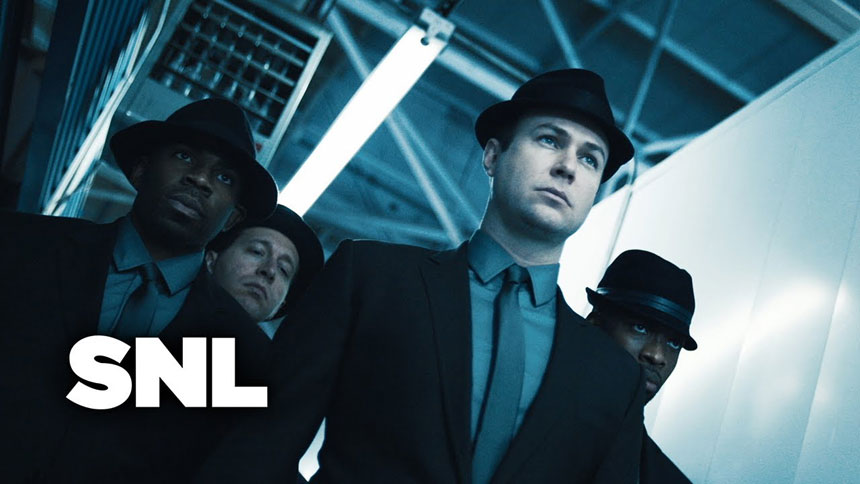
My Top Ten Favorite Articles of Last Week.
These are my top ten favorite articles of last week, in no particular order. If you have something worth sharing next week, please send it my way by email or Twitter.
Bird’s-eye view of Brazil revealed by hexacopter http://bit.ly/1pDxQqD via BBC News
Yelp plans to add new video feature to its mobile app http://bit.ly/1hD1Nlg via Digital Trends
Tutorial: How to Pick the Best Focal Length When Capturing Landscapes http://bit.ly/1hD1RkO via Petapixel
Ditching the MacBook Air for Microsoft’s Surface Pro 3 http://bit.ly/1hD4wuN
“The Beygency” Edit Timelapse on Vimeo http://bit.ly/1rRUYGg via SNL Blog
Meet ‘The Archivist’ at National Geographic http://bit.ly/1hD9ojF via DPReview
40 more maps that explain the world http://wapo.st/NiYxCK via The Washington Post
Google & YouTube Reveal Best Streaming Video in the U.S. Ranked by ISP Google Video Quality Report http://bit.ly/1hDvHWo
How Video Gets To You http://bit.ly/1hDvVgc via Google
What a shot! 25 amazing sports photos http://cnn.it/1ijG3JQ via CNN
News

How to fix our broken education system. Some thoughts.
For several weeks we’ve been seriously talking about our education system, and we’d like to share some of our ideas on the subject.
The current education system is broken, outdated, and, dare I say it—dangerous. How did we arrive at this point, and what can we do to remedy the situation? (more…)
News

My Top Ten Favorite Articles of Last Week.
These are my top ten favorite articles of last week, in no particular order. If you have something worth sharing next week, please send it my way by email or Twitter.
Filmmakers On Developing Style http://bit.ly/S3kZBC via ARCBLOG
BBC to stream World Cup matches in 4K ultra HD http://bbc.in/1i6CFU4 via BBC News
Behind the Scenes with Film Editor Walter Murch http://n.pr/1rS1619 via NPR
Cinematographers discuss their lighting techniques and go-to instruments http://bit.ly/1rS1ixv via HDVideoPro
Computex: Google Glass rival and other wearable tech seek sales http://bbc.in/1i6CM24 via BBC News
How to Maximize Production Value on a Minuscule Budget http://bit.ly/1i6CPL9 via No Film School
Stop Obsessing Over Gear and Just Shoot Your Film. http://bit.ly/1i6CSXm via Indiewire
4K PC Monitor Prices Could Fall Below $400 This Year http://bit.ly/1i7c0Xh via Digital Trends
Google Adds Street View, Indoor Maps of 12 Brazil World Cup Stadiums http://bit.ly/1i7cc8X via Digital Trends
12 Beautiful Metro Stations That Transport You to Another World http://bit.ly/1i7eO6J via Good
Video
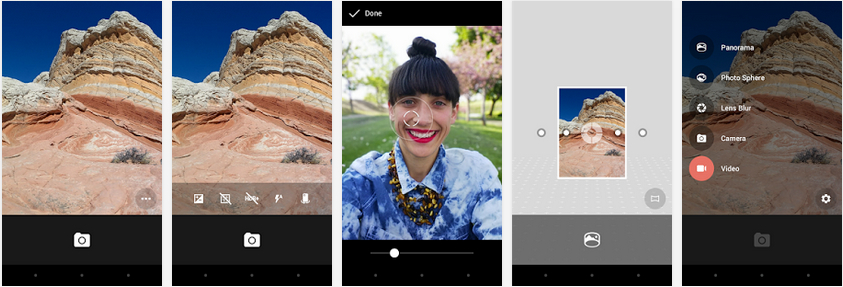
My Top Ten Favorite Articles of Last Week.
These are my top ten favorite articles of last week, in no particular order. If you have something worth sharing next week, please send it my way by email or Twitter.
Managing Creativity: Lessons from Pixar and Disney Animation http://bit.ly/1i7Q2lB via Harvard Business Review
10 Tips for Producing a Micro-Budget Indie Film http://bit.ly/1hD1abh via Indiewire
Fireproof Waterproof Desktop External Hard Drives http://bit.ly/1hD1Cq9 via iosafe
What is USB 3.1, When Will It Be Released, and What Will It Do for PCs http://bit.ly/1r7zGE4 via Digital Trends
Good Video Editing Techniques to Consider http://bit.ly/1hD25si via Mastering Film
Google’s camera app now lets you shoot in different aspect ratios http://bit.ly/1hD12bQ via Engadget
To Hollywood, All Things Hip Lie in Brooklyn http://nyti.ms/1hD2fQs via NYTimes.com
Vittorio Storaro Explains How DPs Can ‘Write with Light’ to Tell a Story http://bit.ly/1hD5kzP via No Film School
9 Marketing Tricks to Steal From the Oscar Nominees http://bit.ly/1f4qu7s via Inc Magazine
T-Mobile launches affordable tablets with 200MB of free data for life http://bit.ly/1r7zBQY via Digital Trends
Video
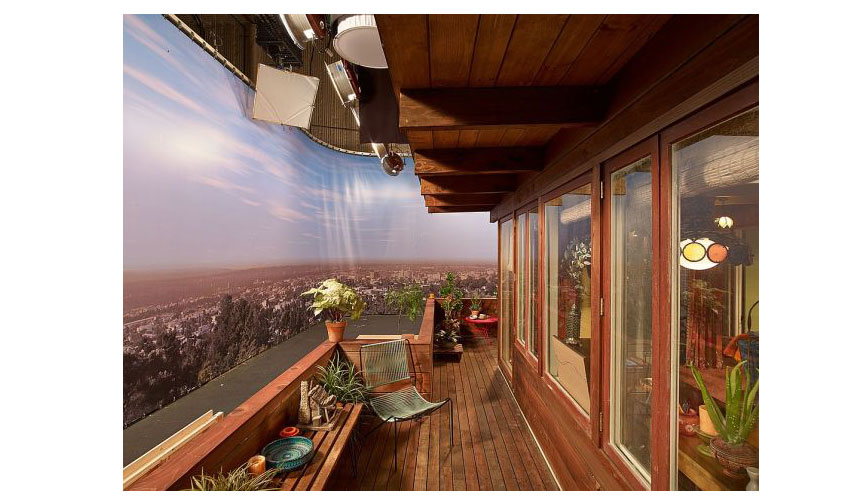
My Top Ten Favorite Articles of Last Week.
These are my top ten favorite articles of last week, in no particular order. If you have something worth sharing next week, please send it my way by email or Twitter.
Asus Reveals PB287Q $650 28-inch 4K Monitor http://bit.ly/1hCZQ8q via Digital Trends
Cuba Before The Revolution http://bit.ly/1horg1E via Print Magazine
The 10 Commandments of Color Theory http://bit.ly/1pyJbYt via Designmantic
Behind-the-scenes photos reveal the secrets of Mad Men sets http://bit.ly/1pyJdj8 via Gizmondo
BBC examines 100 years of Leica http://bit.ly/1hD0fHX via DPReview
What is SATA Express, What Will it Do For Laptop, Desktop PC Storage http://bit.ly/1r7zxkf via Digital Trends
A forgotten Belgian genius dreamed up the internet over 100 years ago http://bit.ly/1hD09jC via Engadget
60-Second BTS Video Speeds Through the Retouching of a Corona Advertisement http://bit.ly/1nGMoE5 via Petapixel
12 Invaluable Tips for First-Time Filmmakers http://bit.ly/1hCkzZV via Indiewire
Did You Know: You Can Set Your GoPro to Take High Res Stills While Shooting Video http://bit.ly/1hCZX3L via Petapixel
Video

My Top Ten Favorite Articles of Last Week.
These are my top ten favorite articles of last week, in no particular order. If you have something worth sharing next week, please send it my way by email or Twitter.
David Ogilvy’s 10 top tips for video scriptwriting http://bit.ly/1he0m29 via Econsultancy
Be very afraid of AT&T merger http://bit.ly/1nwyeoS via The Chicago Sun-Times
Centr captures 360-degree video at 4K resolution: Connect http://bit.ly/1nwxY9B via DPReview
Extensive Behind-The-Scenes Look At The Making Of Darren Aronofsky’s ‘Black Swan’ http://bit.ly/1nwAcFM via Indiwire
Google’s Robots Are Solving the Biggest Problem in Modern Photography http://wrd.cm/1nwy7cW via Wired
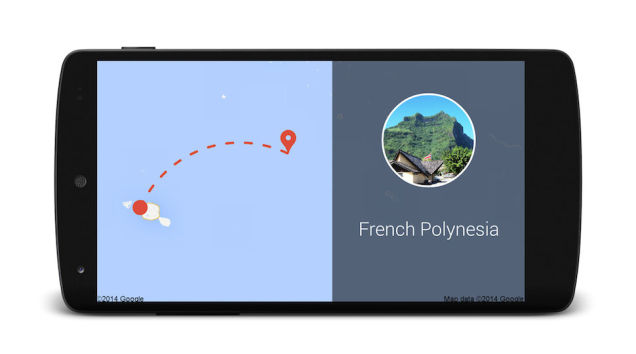
The 10 Smartest Cities In The World http://bit.ly/1nwAm06 via Fast Company
Bentley Shoots Documentary Film Using iPhone, iPad http://bit.ly/1nwAqgi via Digital Trends
China’s Lenovo sees 29% jump in full year net profit http://bbc.in/1nGLAPs via BBC News
Breaking Bad – Motivated Camera Movements http://bit.ly/1pyI4bf via VashiVisuals Blog
Free Chrome Extension Allows You to View RAW Images In-Browser http://bit.ly/1nGMGuy via Petapixel
Photography

Traveling to Bangkok? Let me share a few tips.
Traveling to Bangkok? Let me share a few tips.
Don’t waste your time visiting the National Museum. The key galleries are being renovated so there’s very little to see. Keep in mind that no backpacks are allowed in the museum so you must leave your photo gear at the ticker counter unless you plan ahead.
Ah, the mysterious Thai cultural center. The first mission of this center should be to inform Thais of its existence. Even though I checked the map and asked a taxi driver, two cops, a receptionist, and even an official-looking guy in a suit, I wasted more than two hours trying to find the deserted center. Not a single employee spoke English and all the written information was in Thai.
I hate shopping malls, but in Bangkok they proved to be my best ally. Not only I could find clean restrooms and extremely cheap bottles of water (1.5 liters for 50 cents as opposed to 250ml for $8 dollars at my hotel.) Most malls also have a food court, selling the same food as street vendors and for almost the same price, but with a much more comfortable place to sit and rest.
In many countries, people don’t want to be disrespectful, so they make something up when you ask for directions, even if they have no clue what you’re talking about. I generally ask at least two different people to verify the info, and most of the time I get conflicting answers.
In Bangkok and especially in Chiang Mai you don’t even need to buy bottled water. You will find a 7/11 as often as you would find a Starbucks or Chase branch in Manhattan.
Do not rent a motorcycle in Phuket. Nobody will tell you this, but you need a Thai driver’s license. An international driver’s license only works IF you meet an honest cop who speaks English, which means, it doesn’t work. The traffic ticket costs $500. Not wearing a helmet will cost you another $500. No, I didn’t get a ticket, in case you were wondering!
We truly appreciate your support for this and similar project by purchasing My Asia • Photo eBook (iPad)
The PDF Version is herePDF version is available here, and the printed version from Blurb is here.
Video
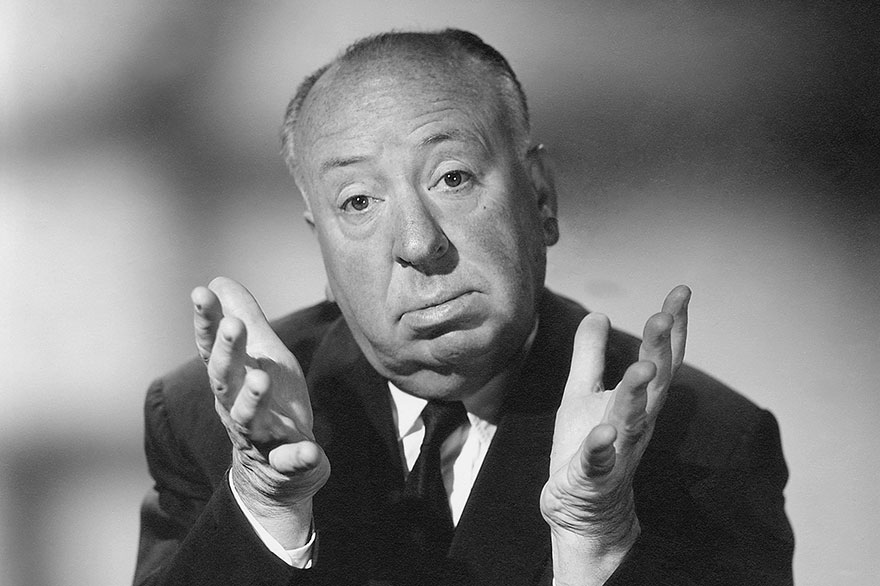
My Top Ten Favorite Articles of Last Week.
These are my top ten favorite articles of last week, in no particular order.
How to Make a Film Like Alfred Hitchcock: A Breakdown of the Master’s Techniques via No Film School http://bit.ly/RtfwEO
Video Test: Samsung Galaxy Note 3 Versus the Canon 5D Mark III http://bit.ly/RtgUac via Petapixel
Thanks to Google Glass, we can watch an IndyCar pit crew at work via Digital Trends http://bit.ly/RtgWiv
Japan man held over ‘3D-printed guns’ http://bbc.in/RtgZLh via BBC News
Epson’s Glass-like ‘Moverio’ specs go on sale for $700 via Digital Trends http://bit.ly/RthJ2U
Is it true? New service detects processed photos http://bit.ly/RthLbc via DP Review
Fascinating Book Described Thousands of Colors 271 Years Before Pantone http://bit.ly/1k8l0PK via Petapixel
The 20 Worst Summer Blockbusters Ever http://bit.ly/RtfsEV via The Playlist
As Digital Cinema Shooting Reaches 4K, 6K, & Beyond, How Will Post Production Keep Up? http://bit.ly/1k8rVZj via No Film School
What’s The Difference Between A Font And A Typeface? http://bit.ly/1jNky55 via Fast Company
If you have something worth sharing next week, please send it my way by email or Twitter.

